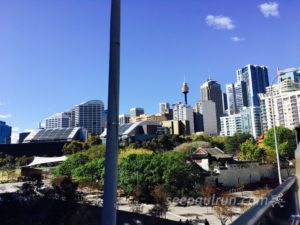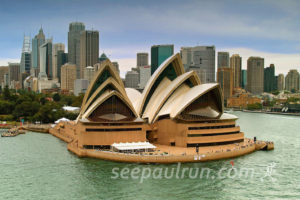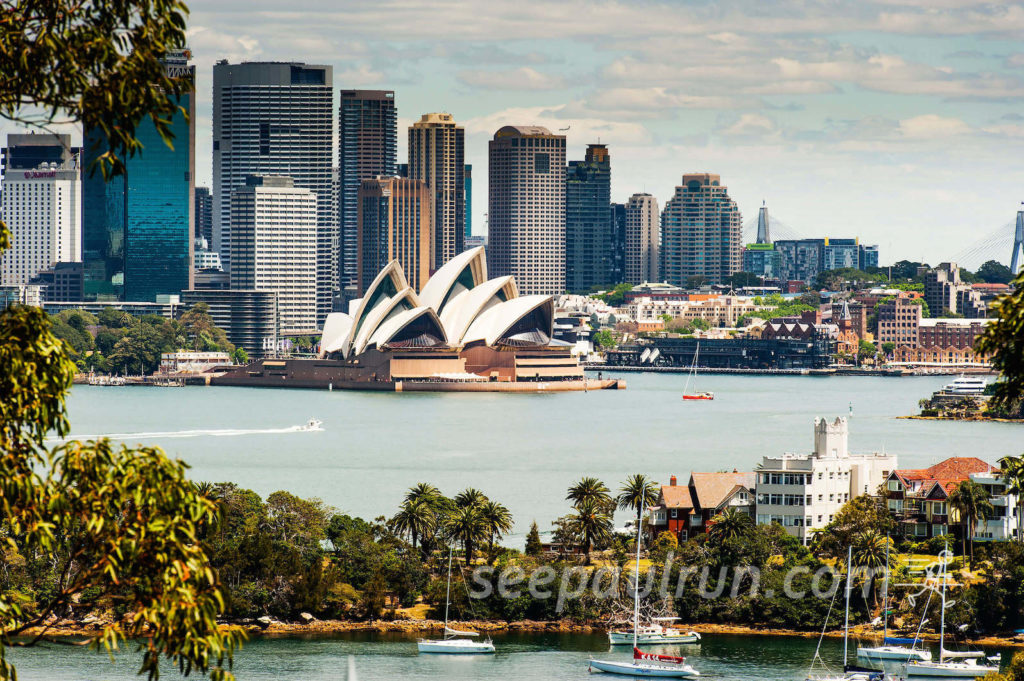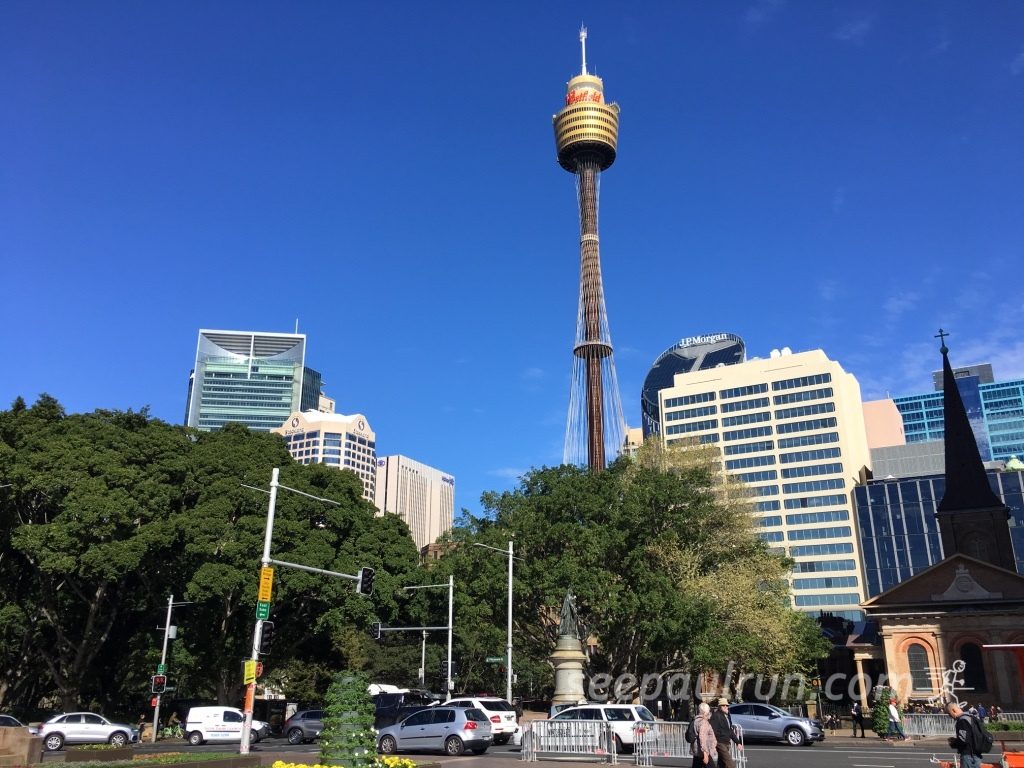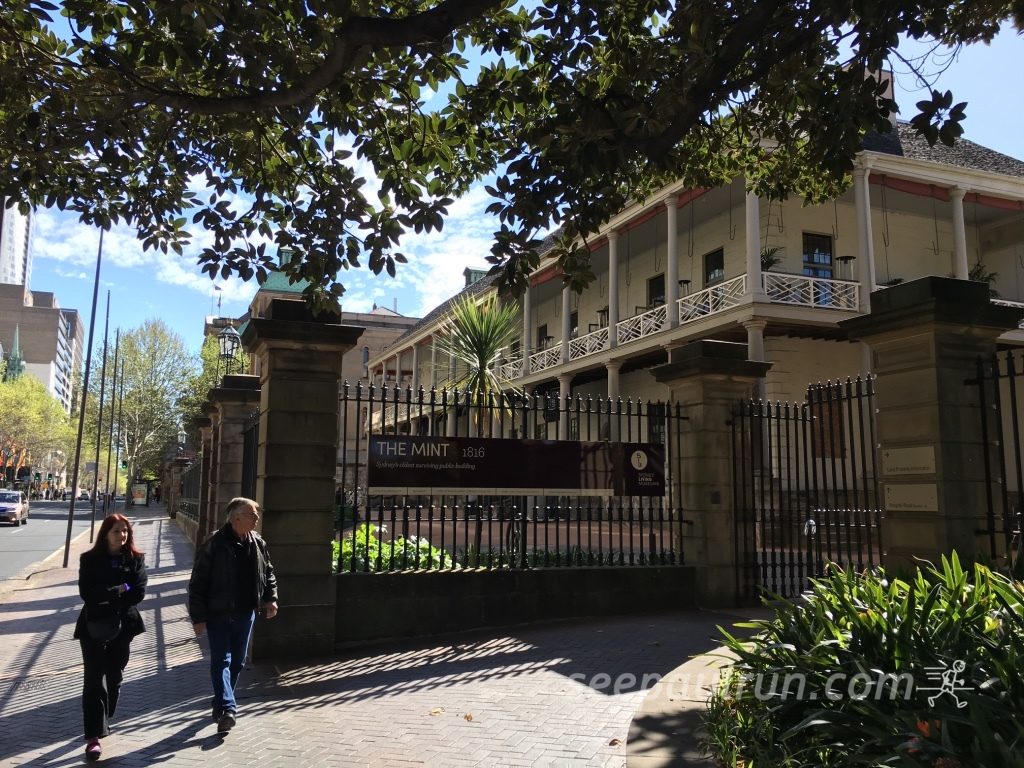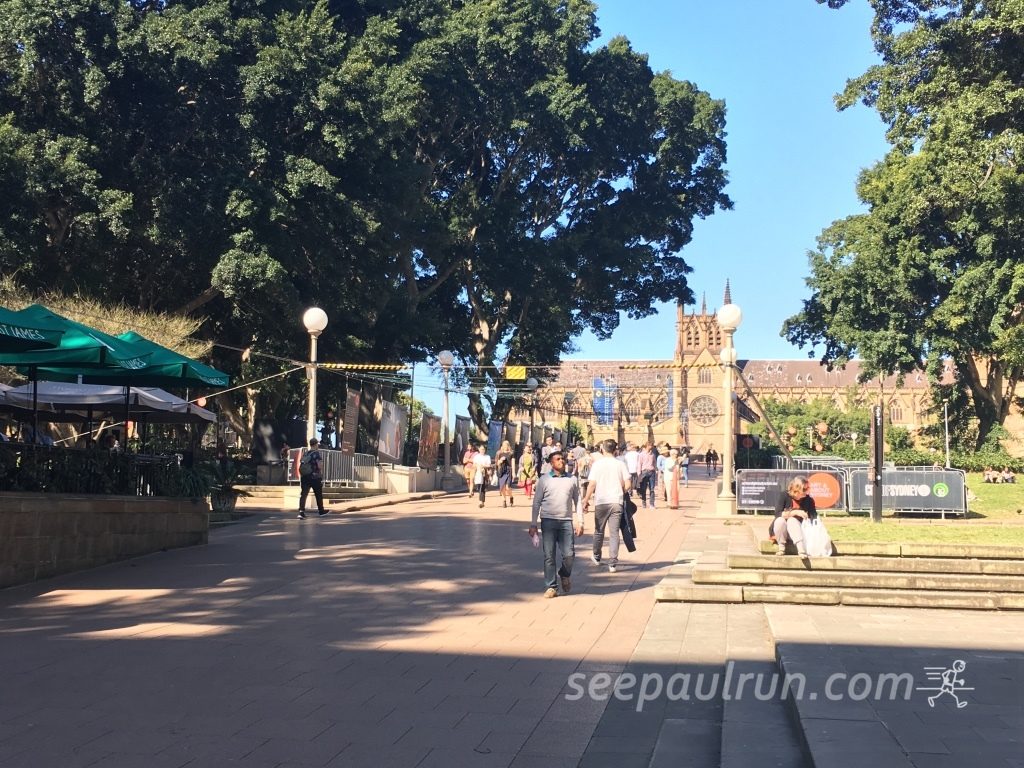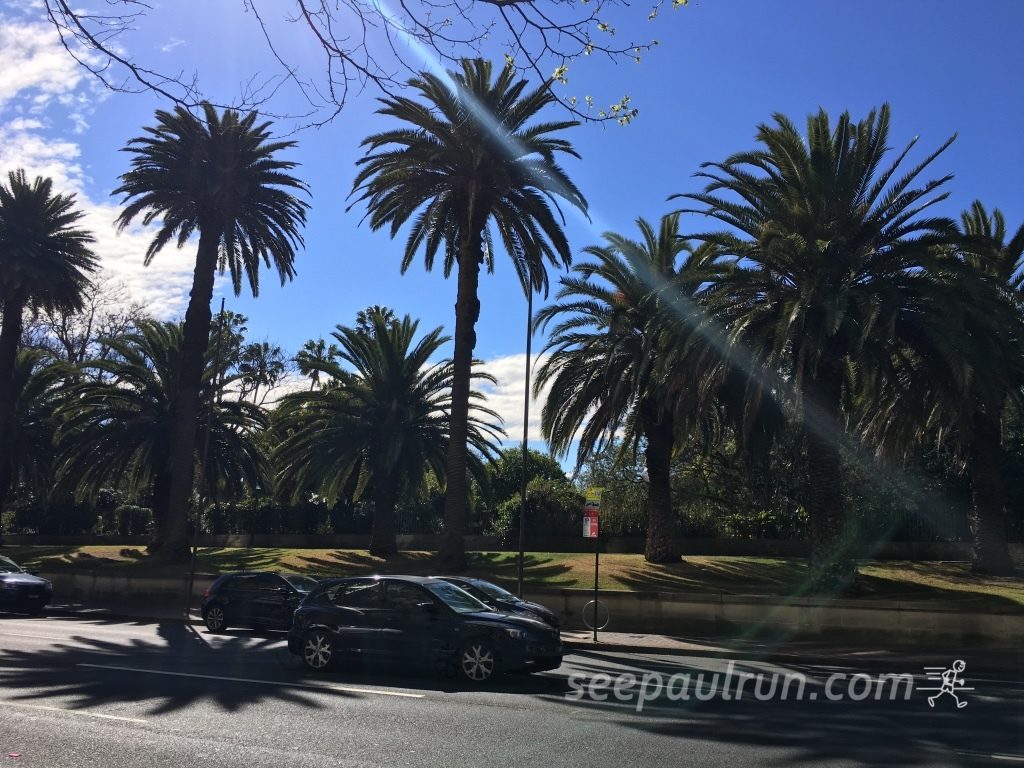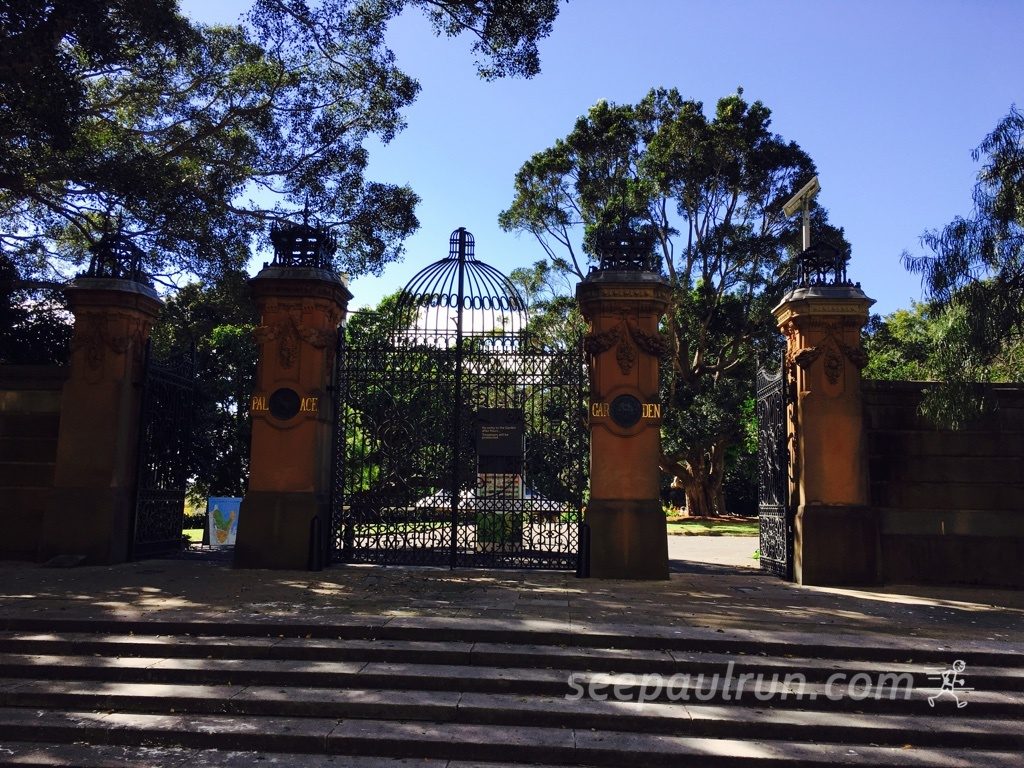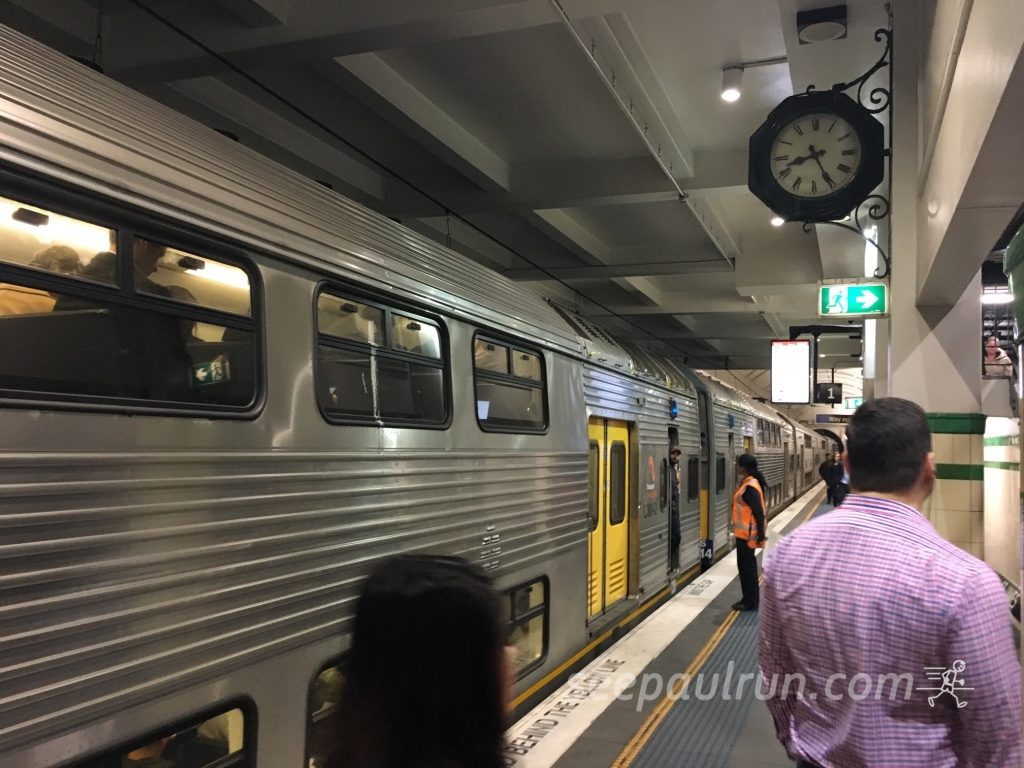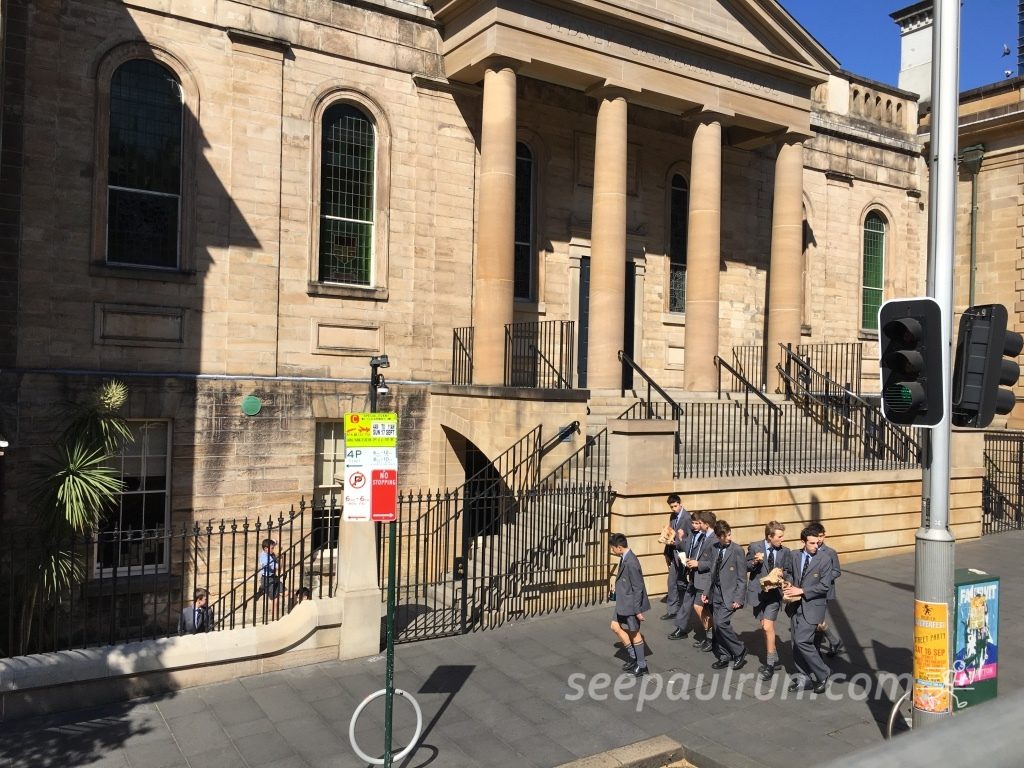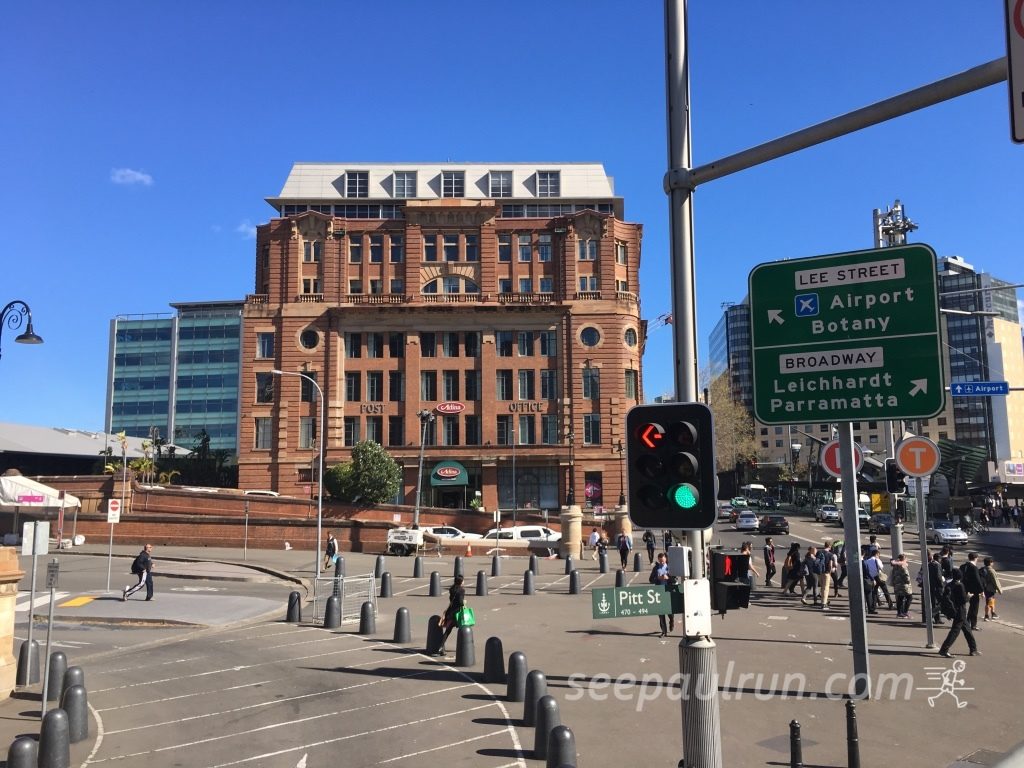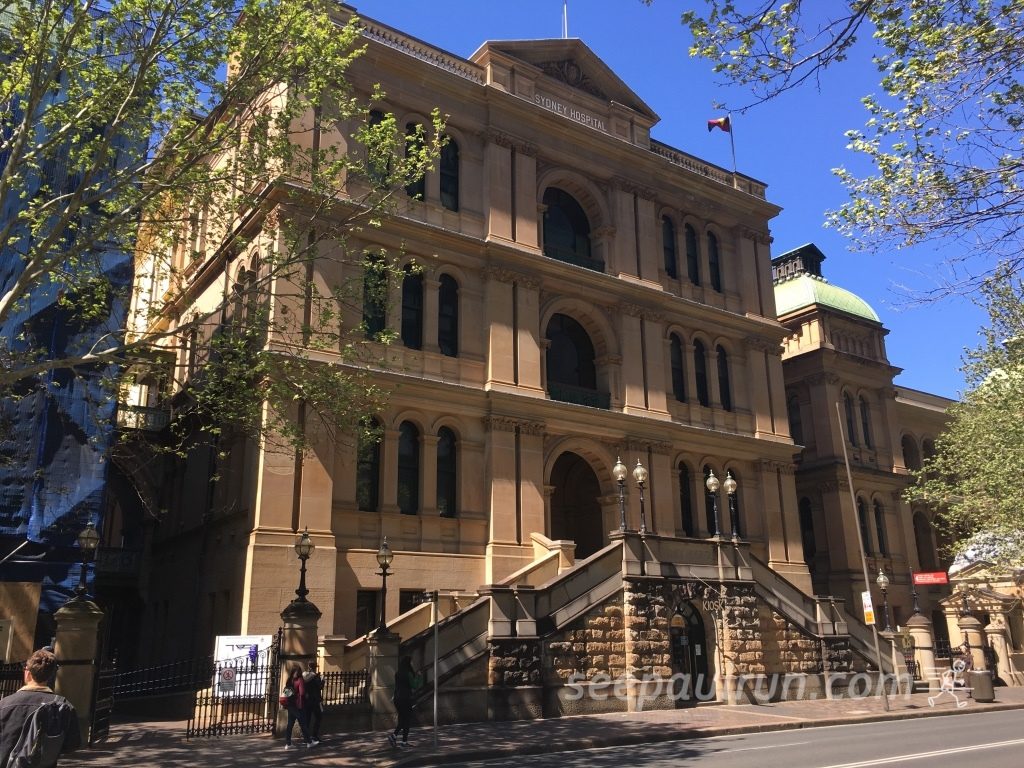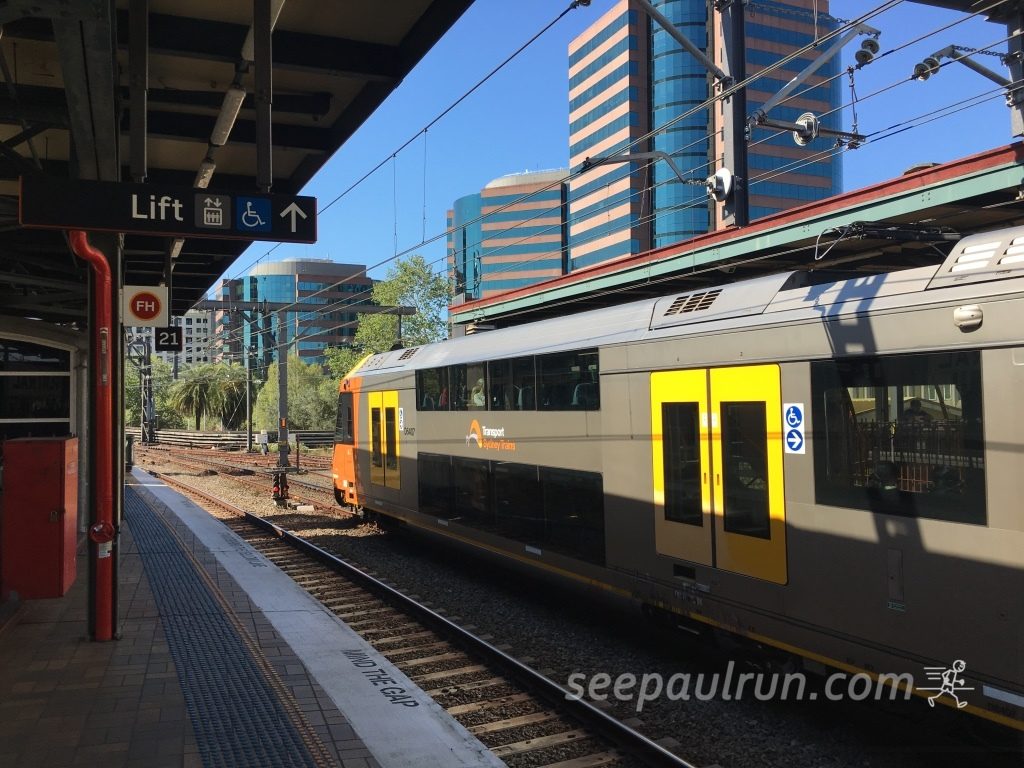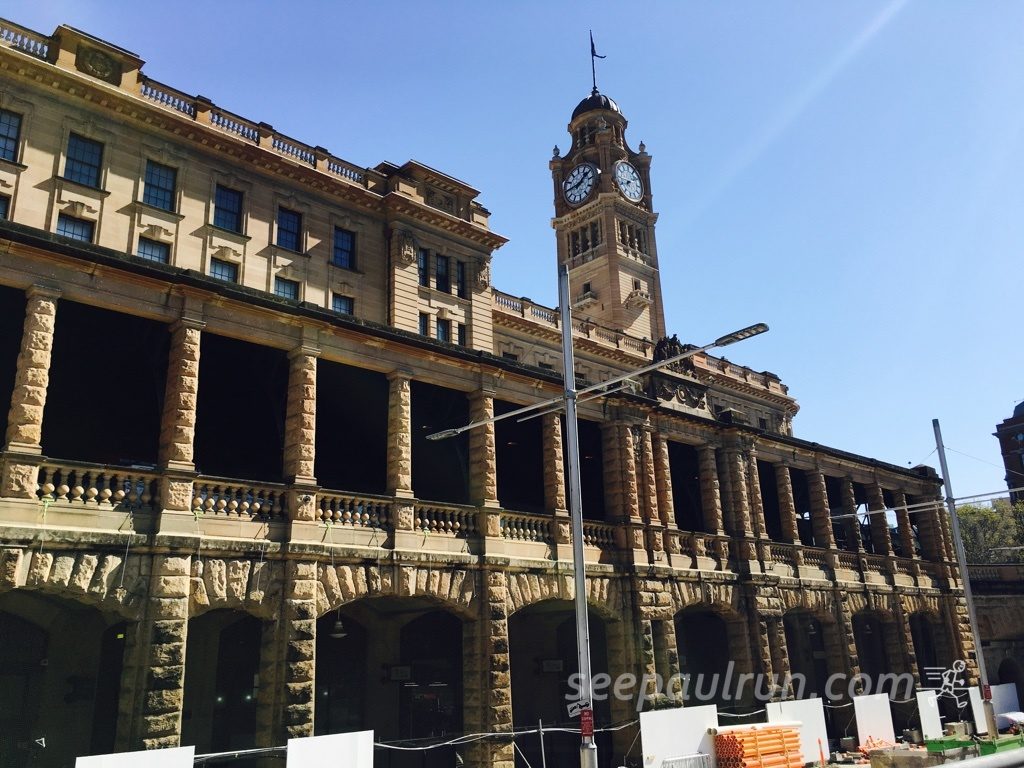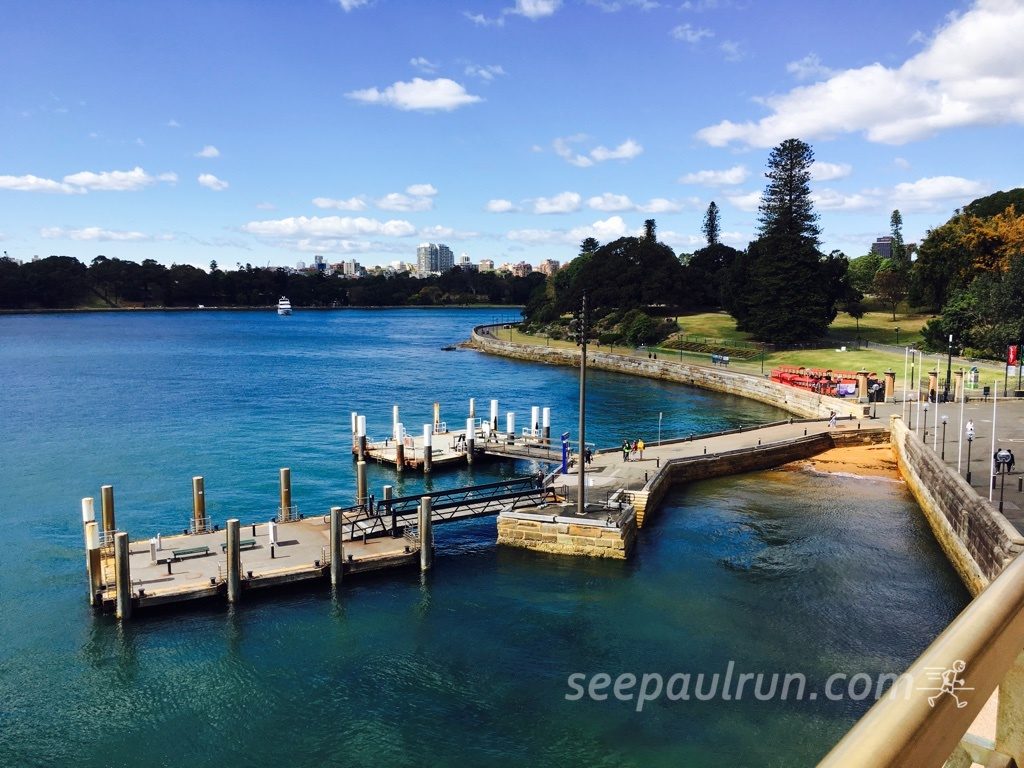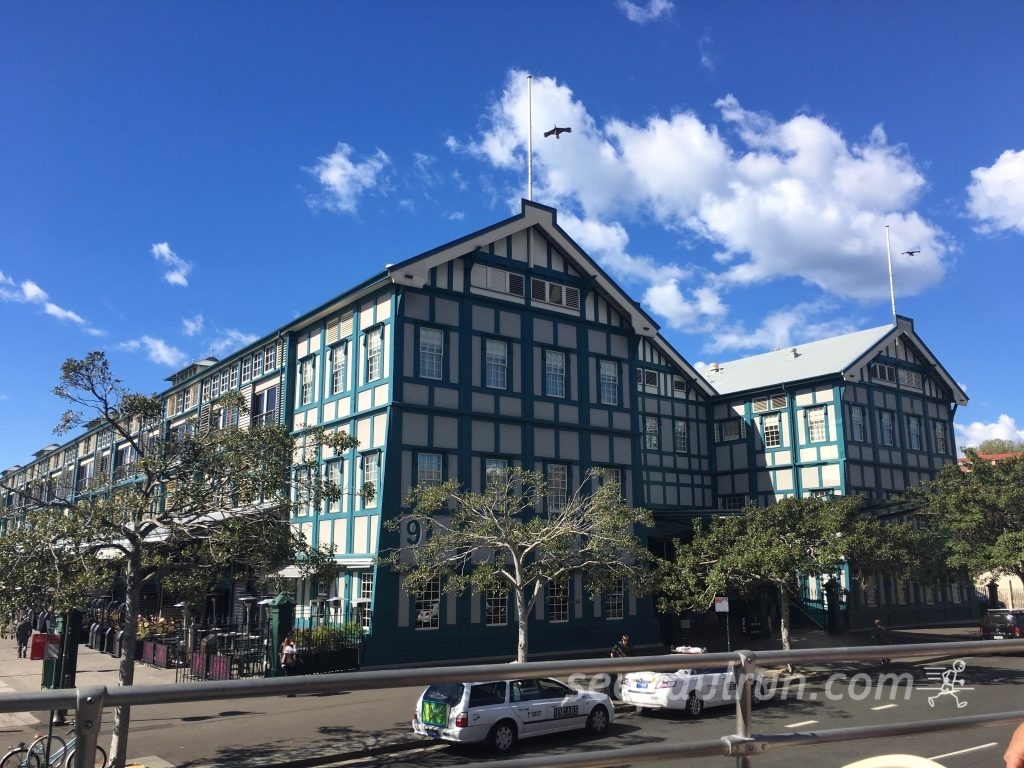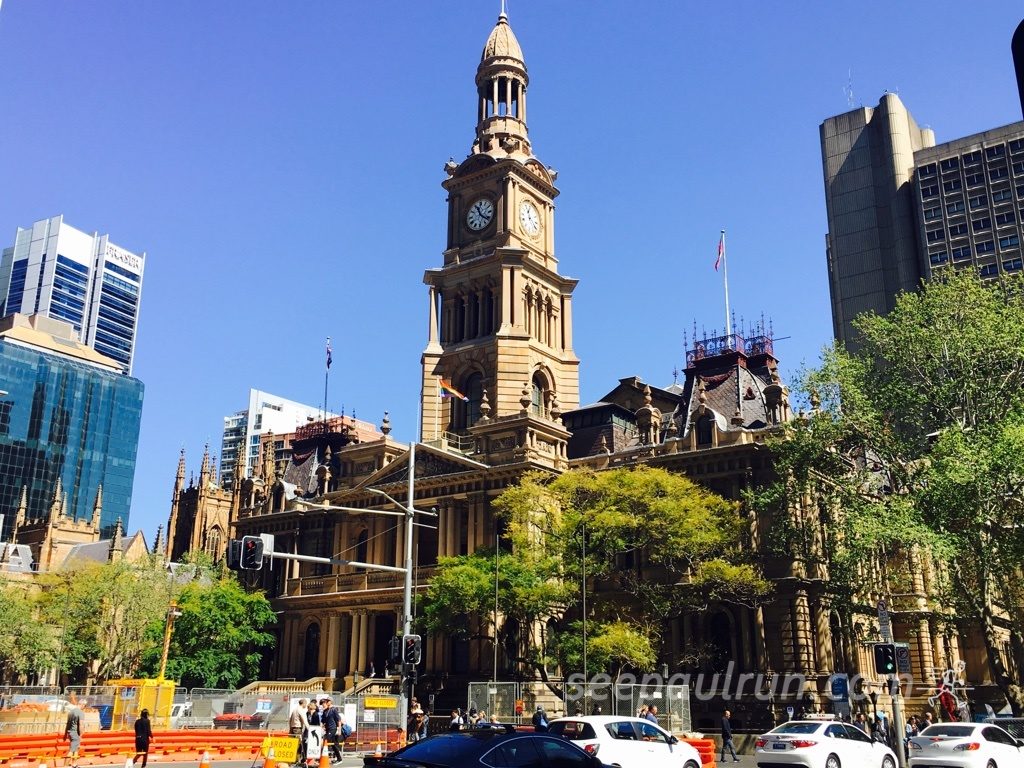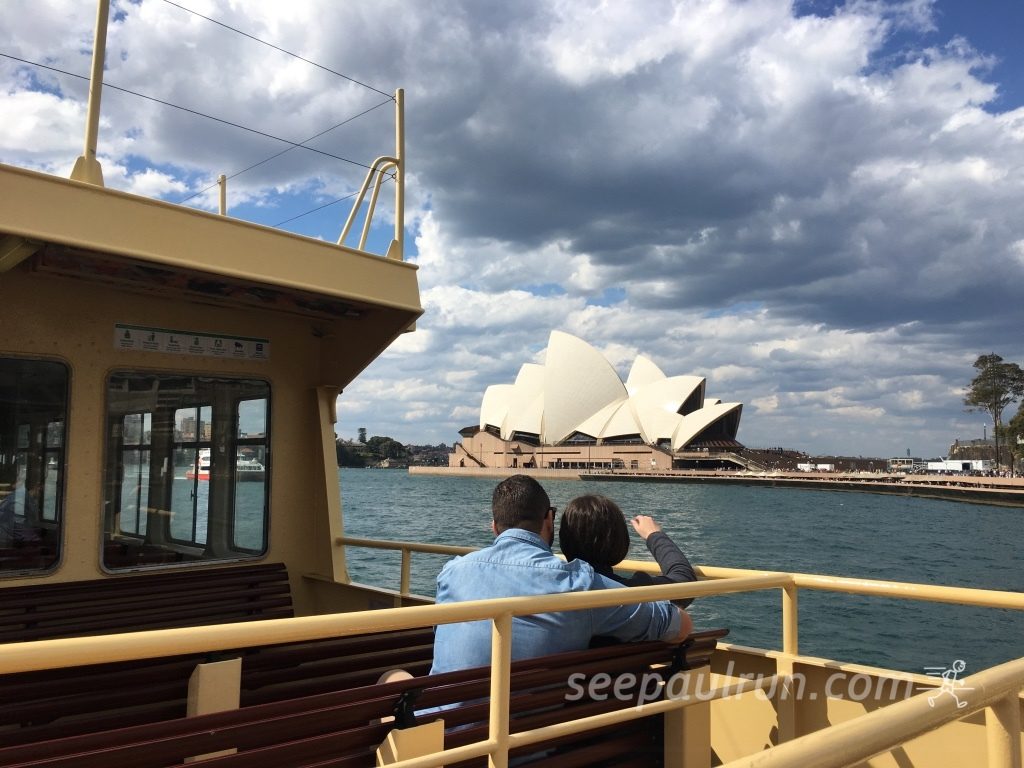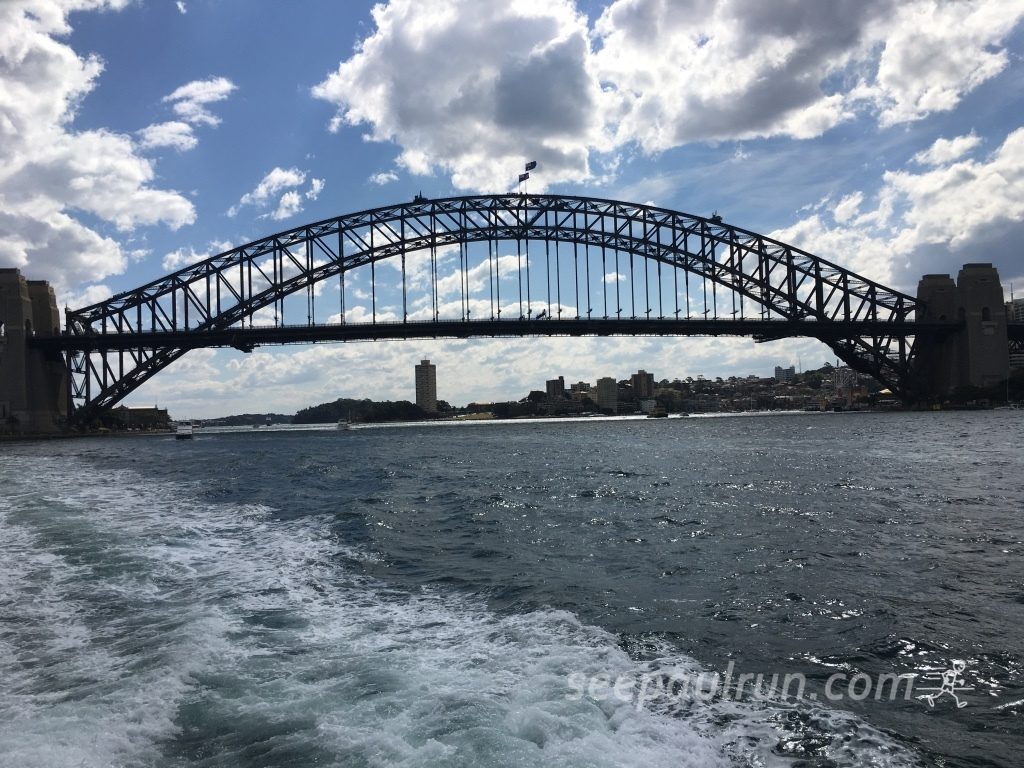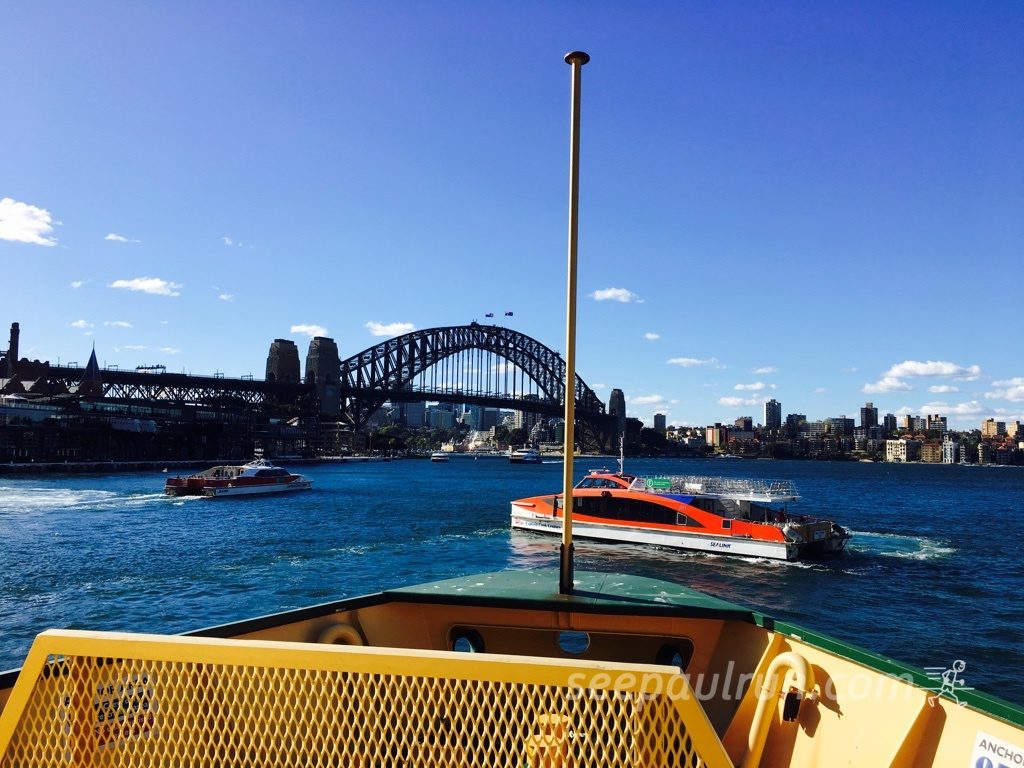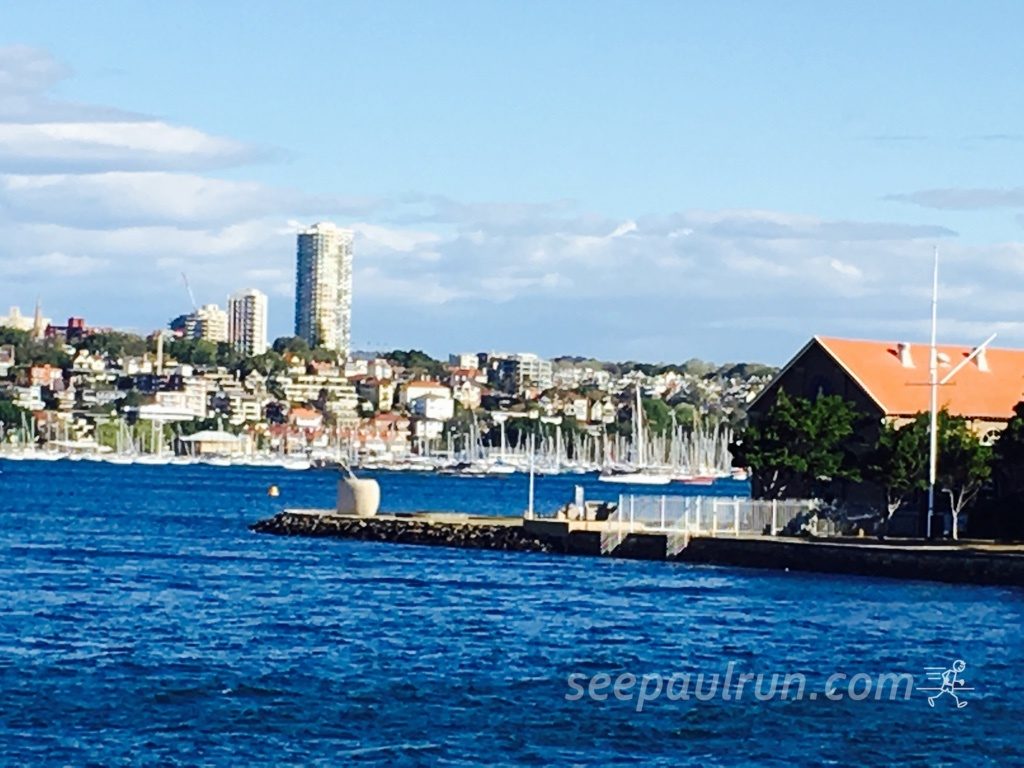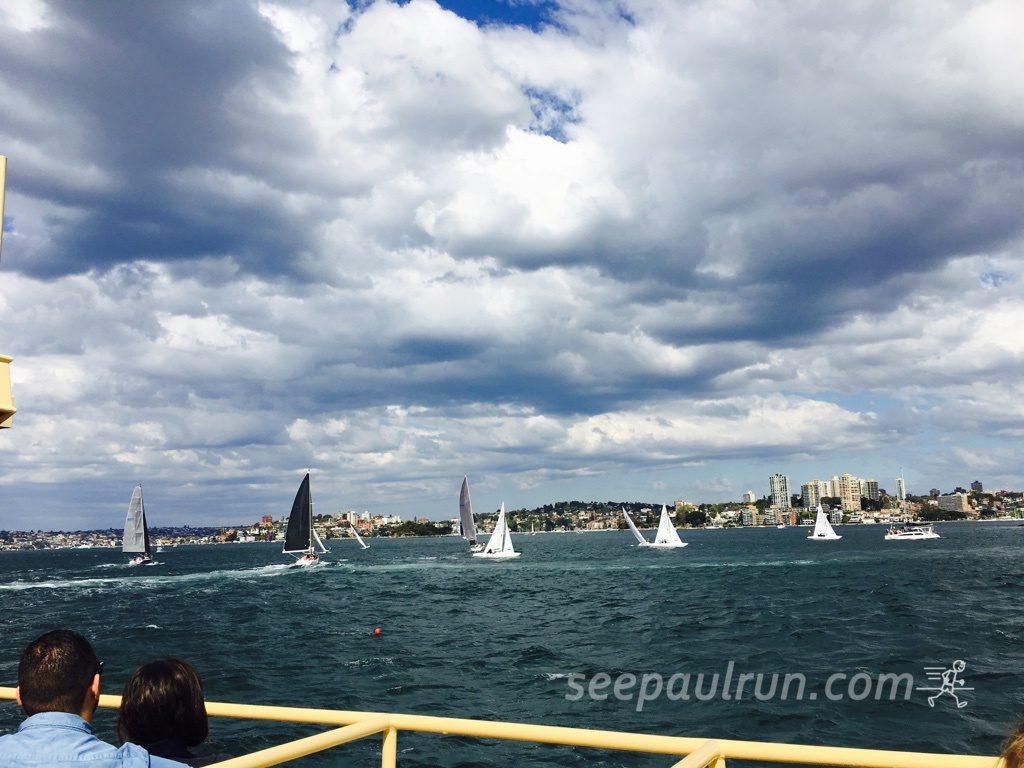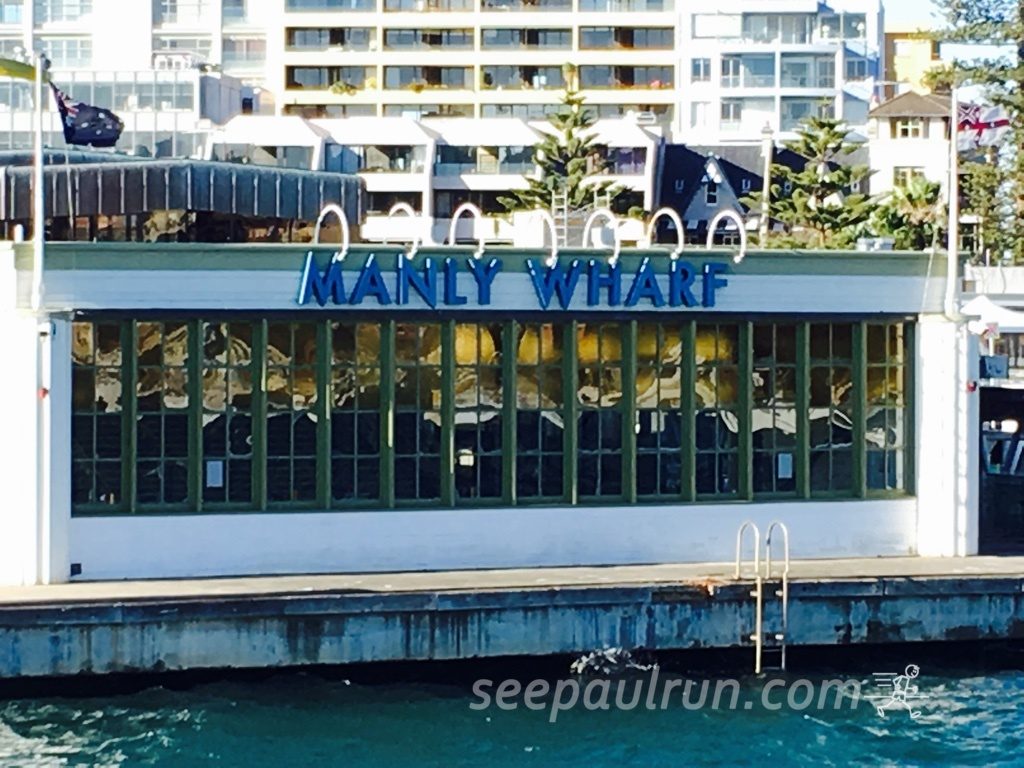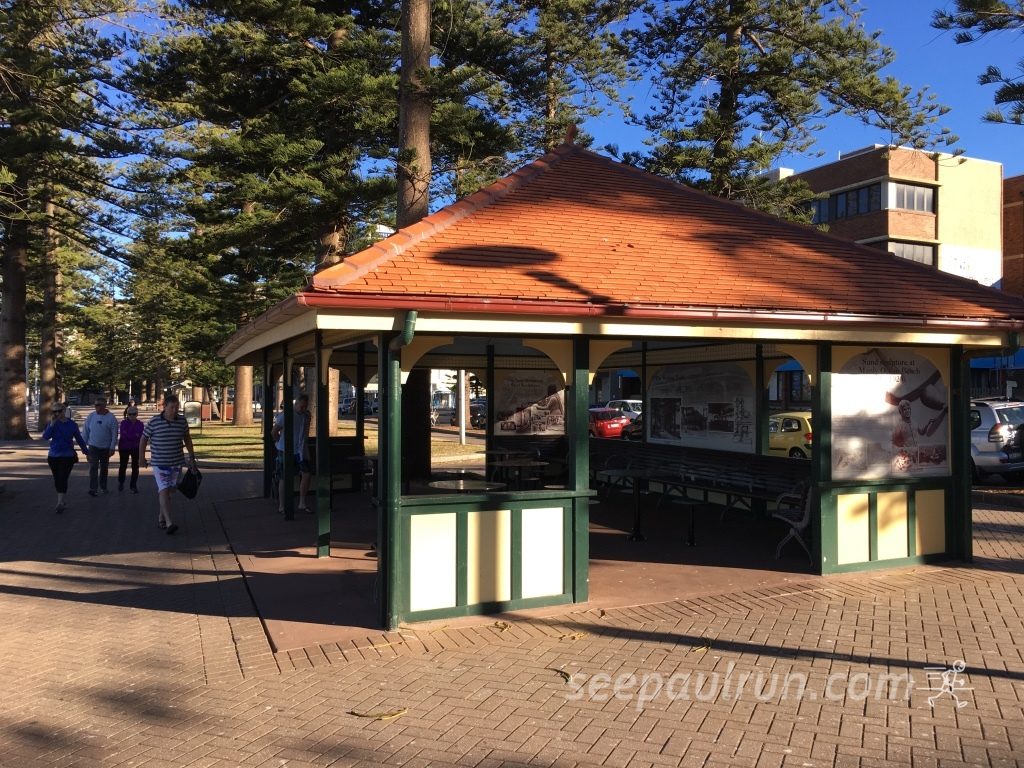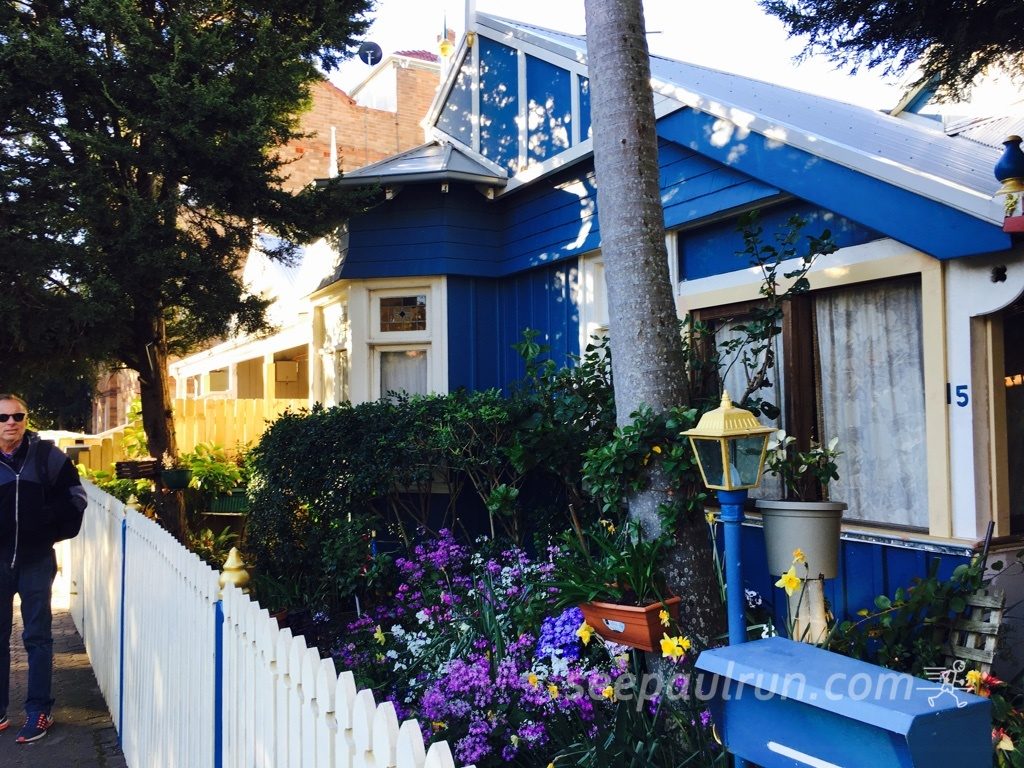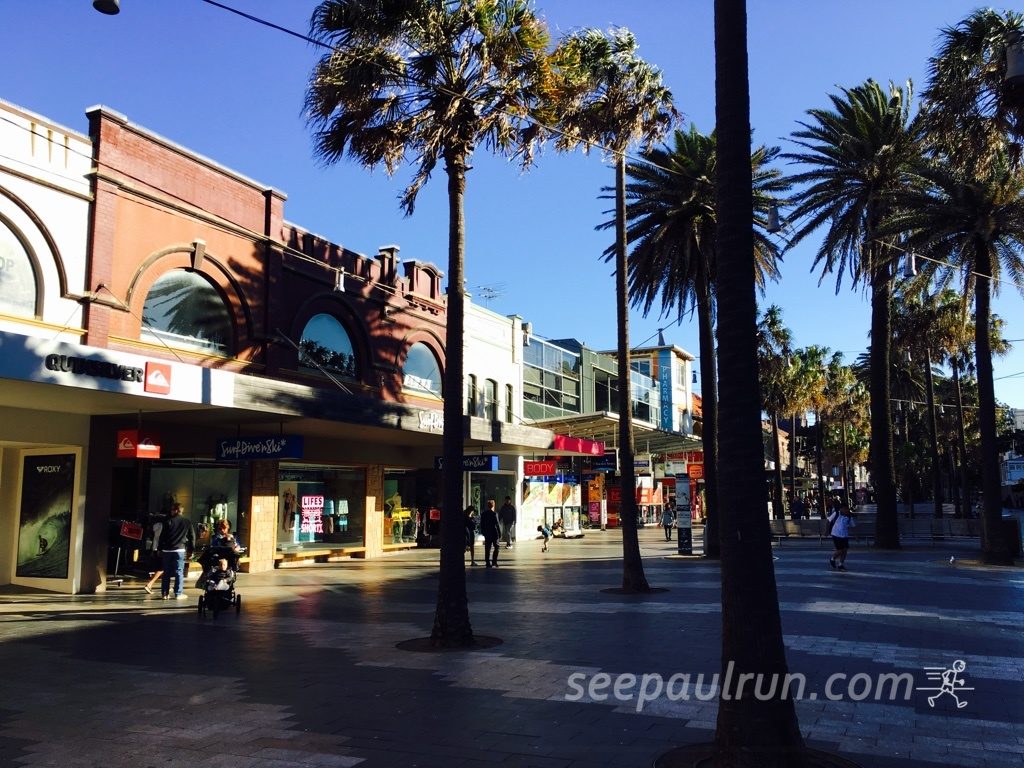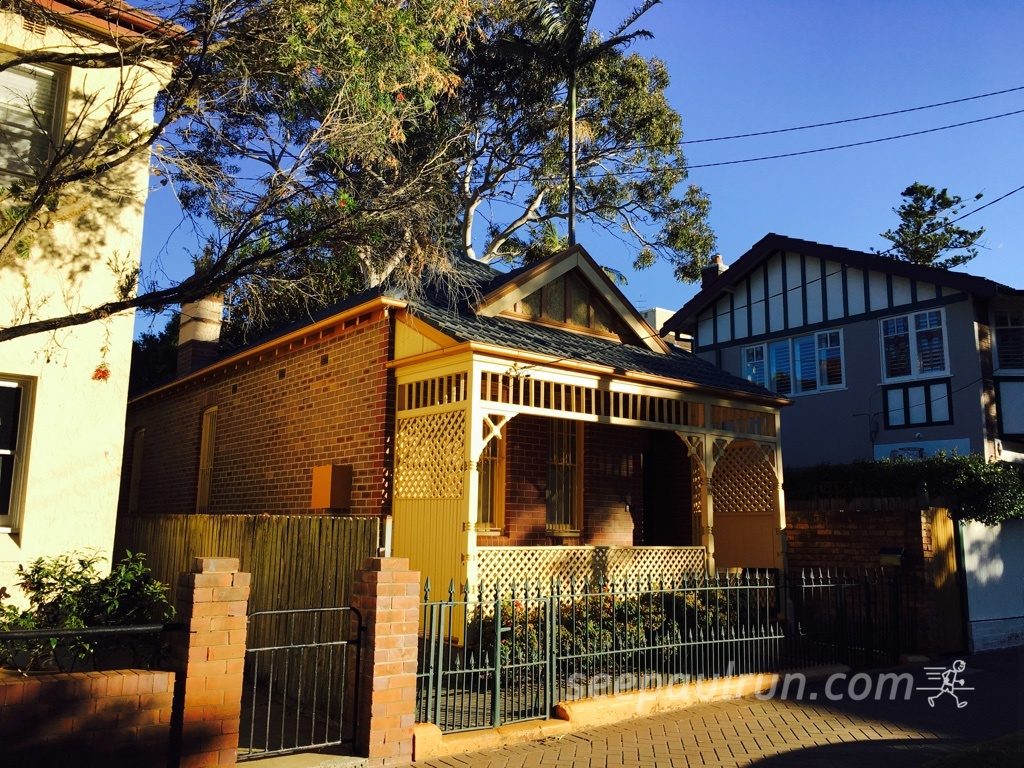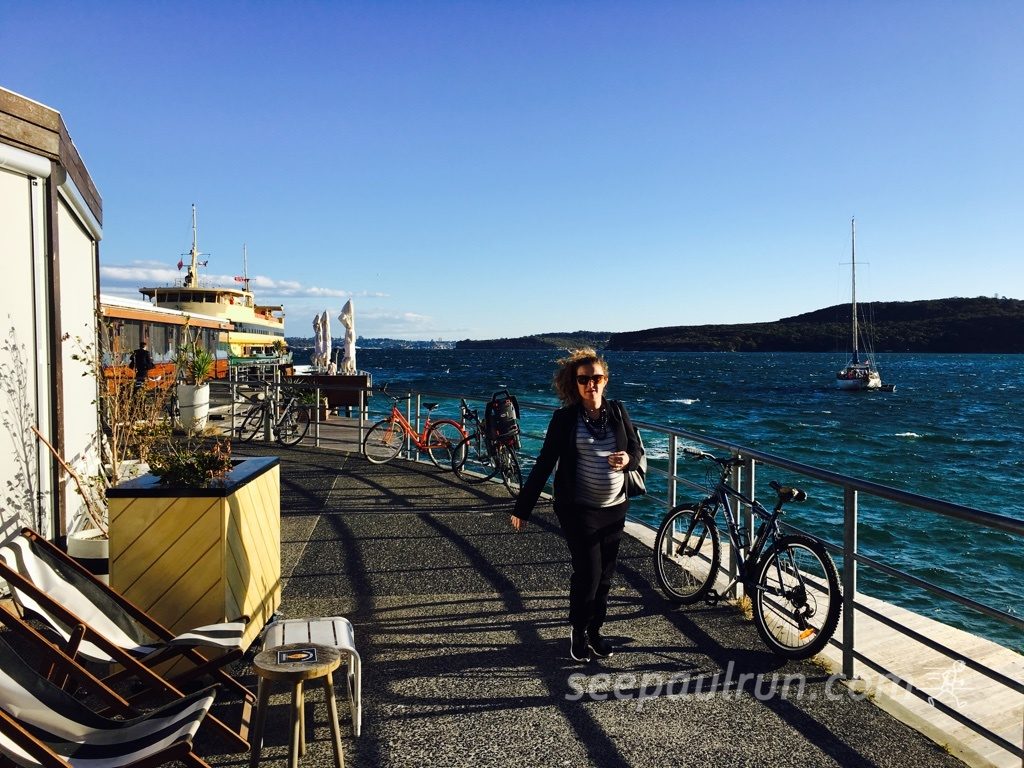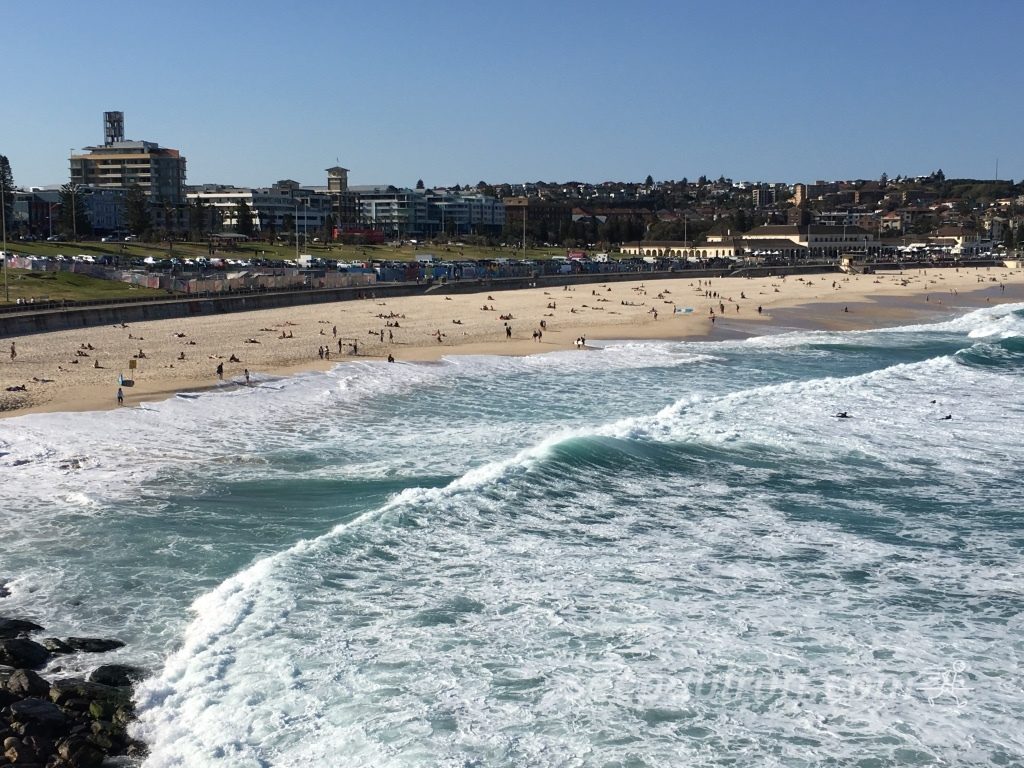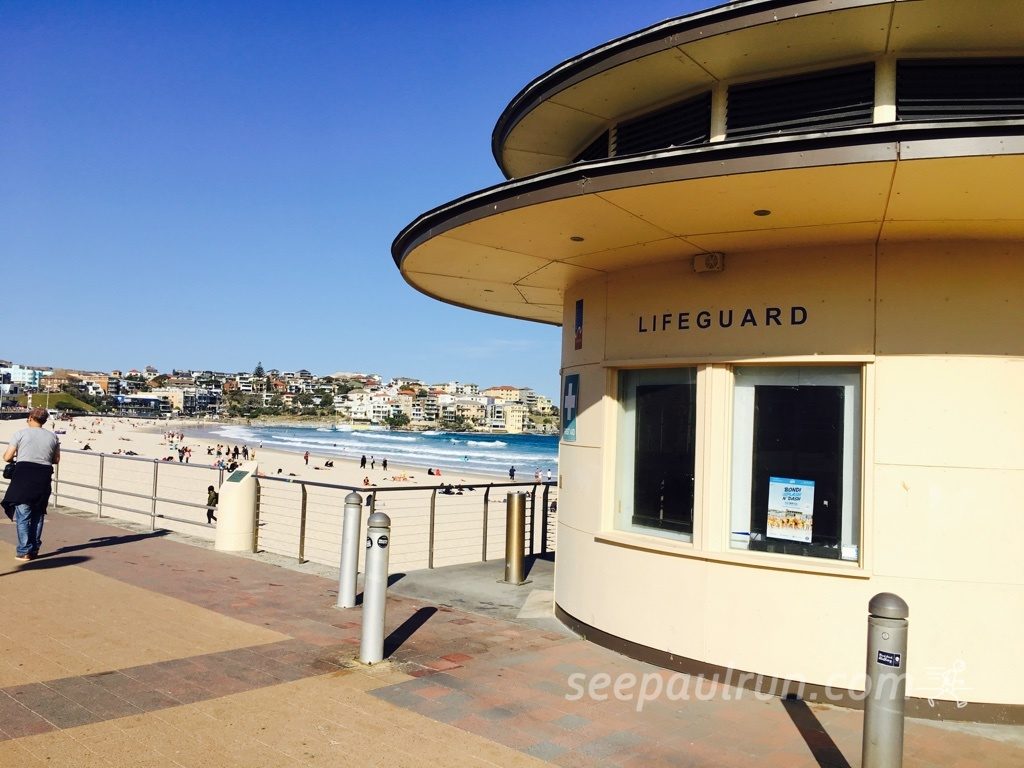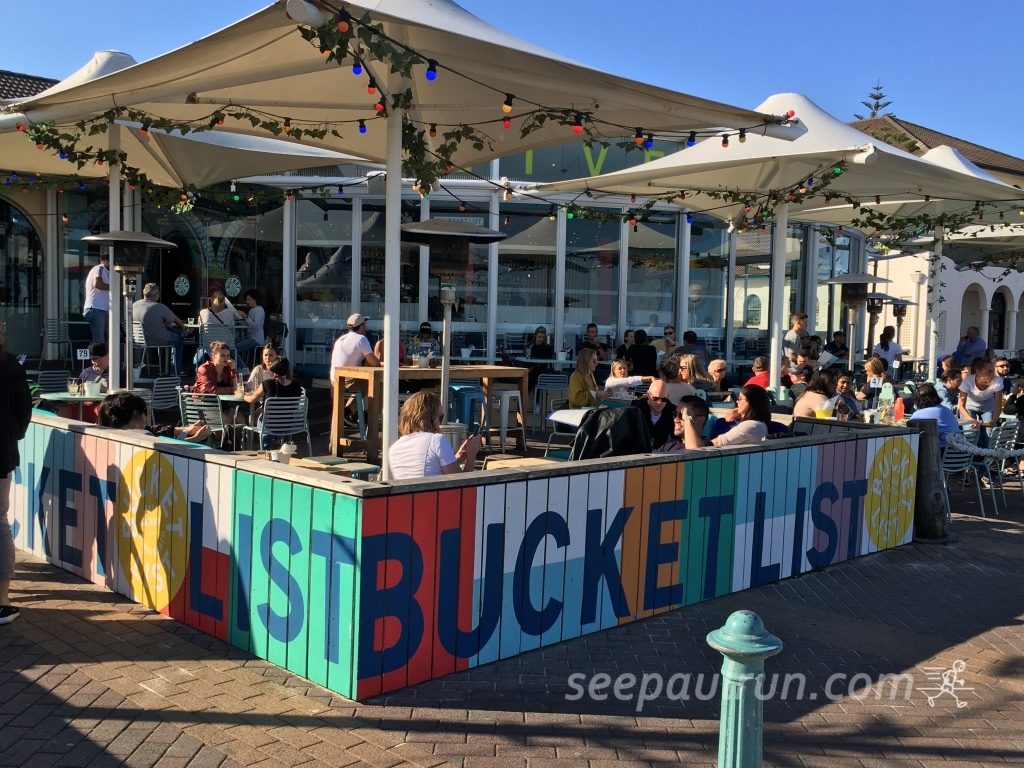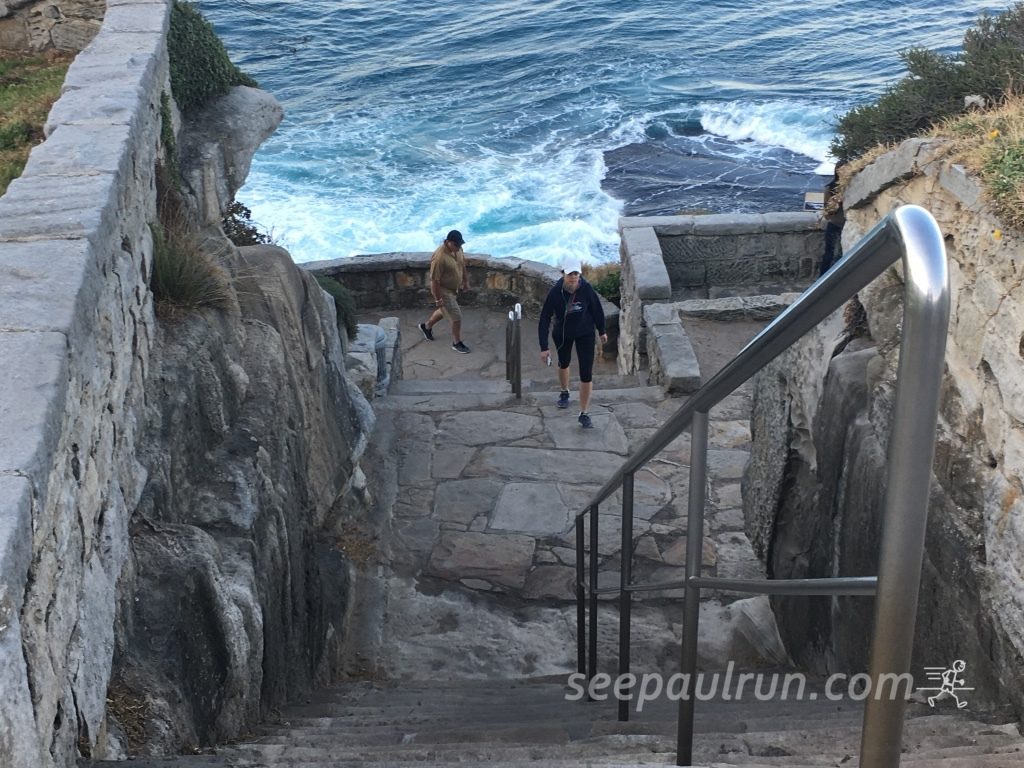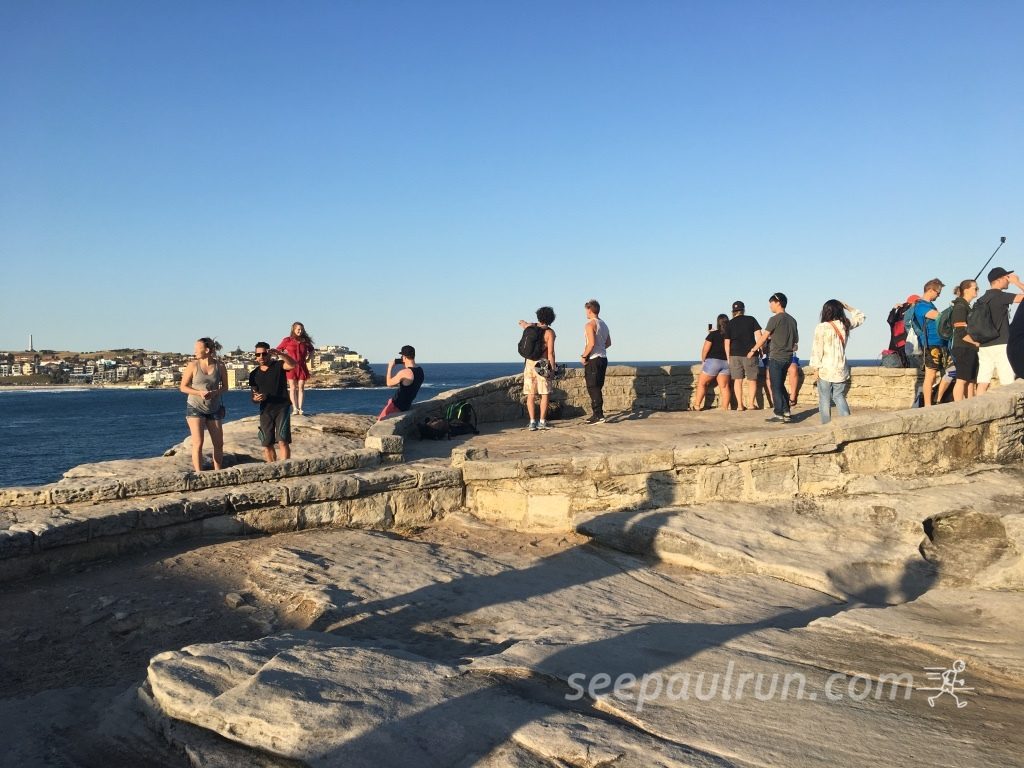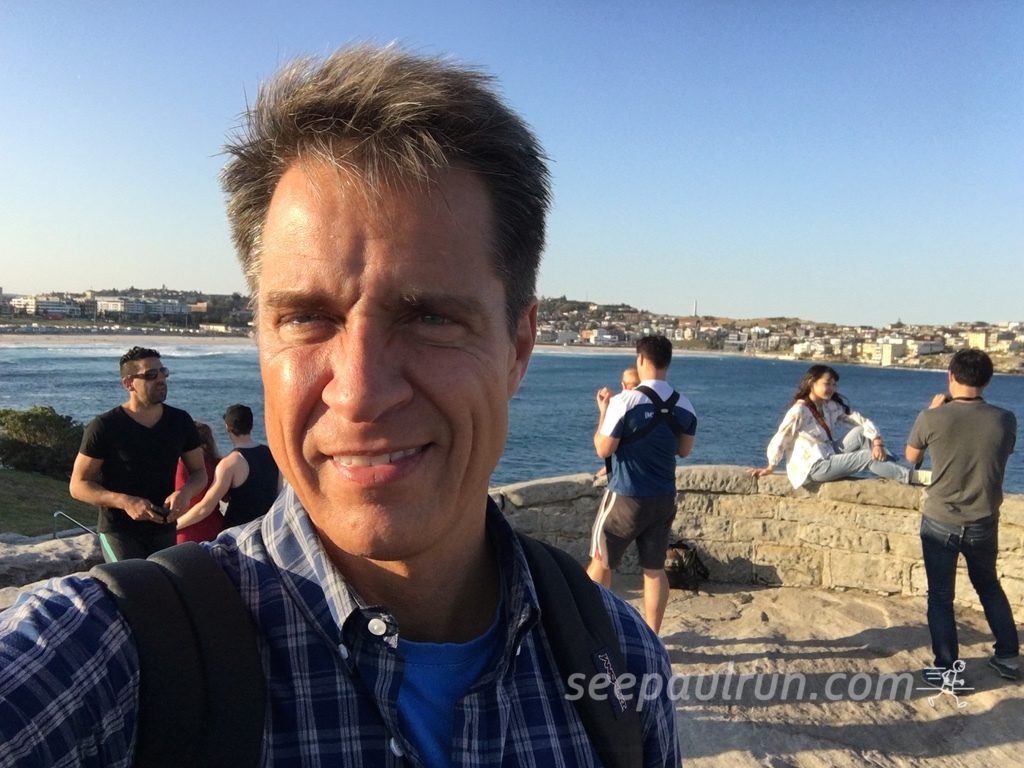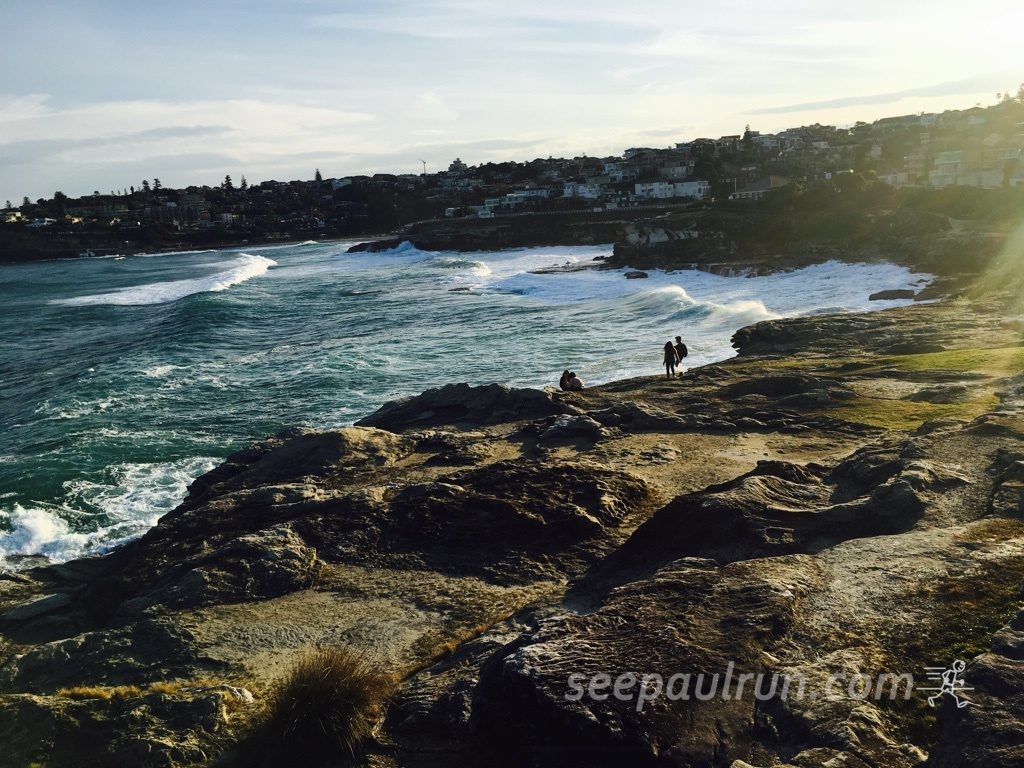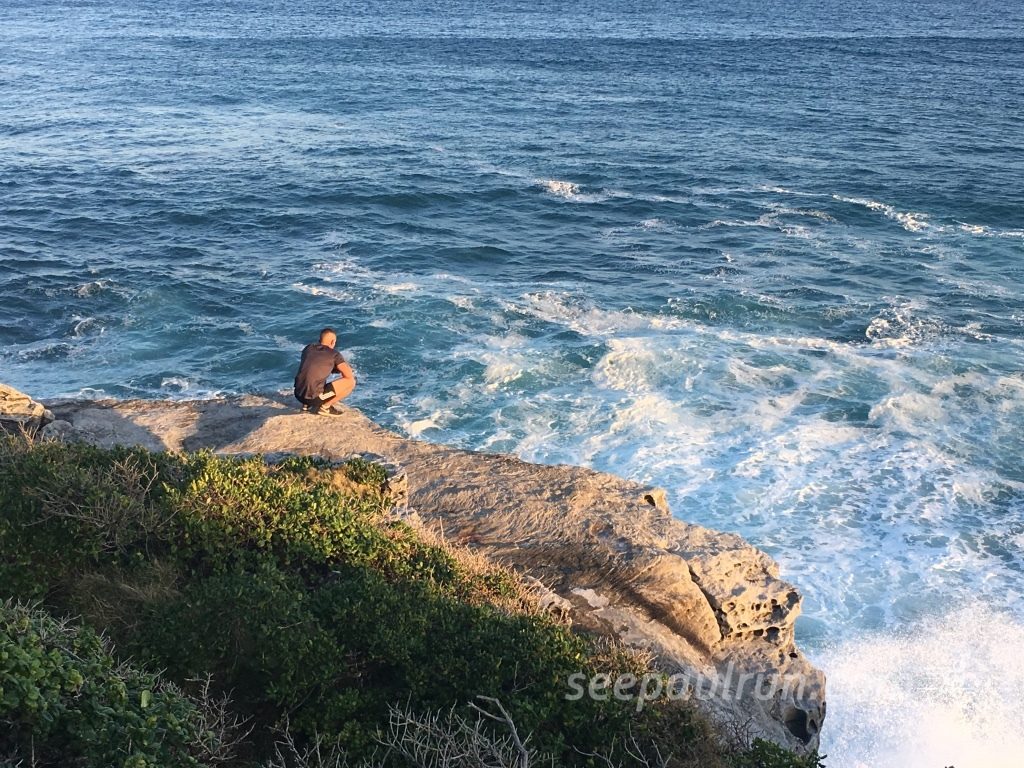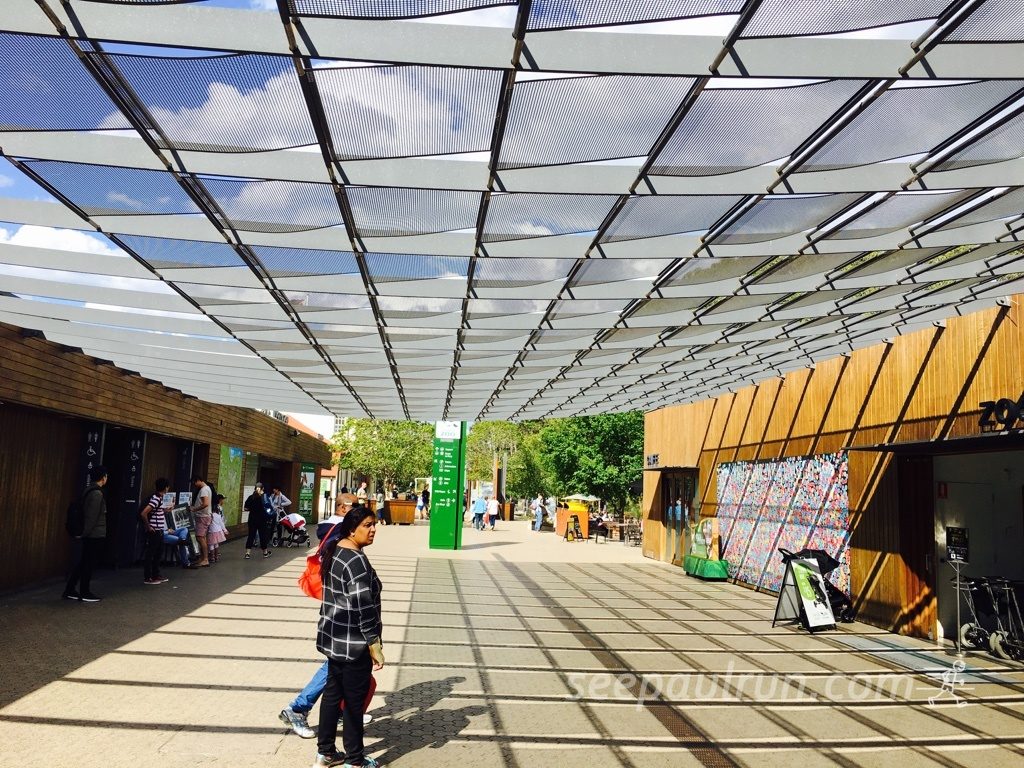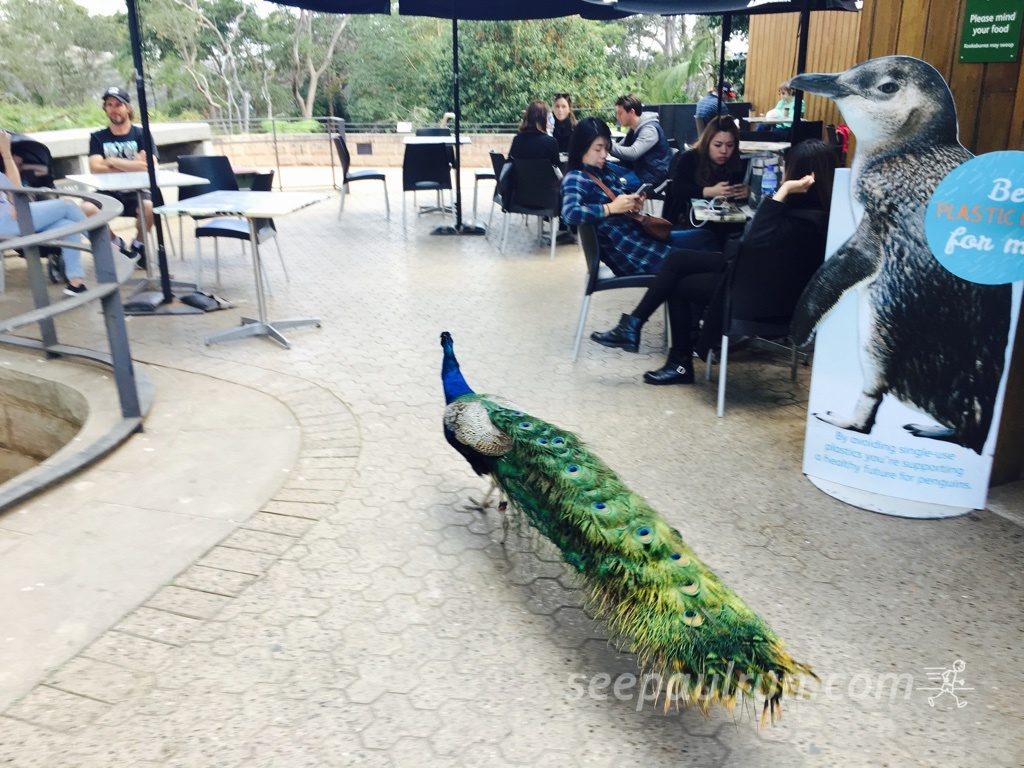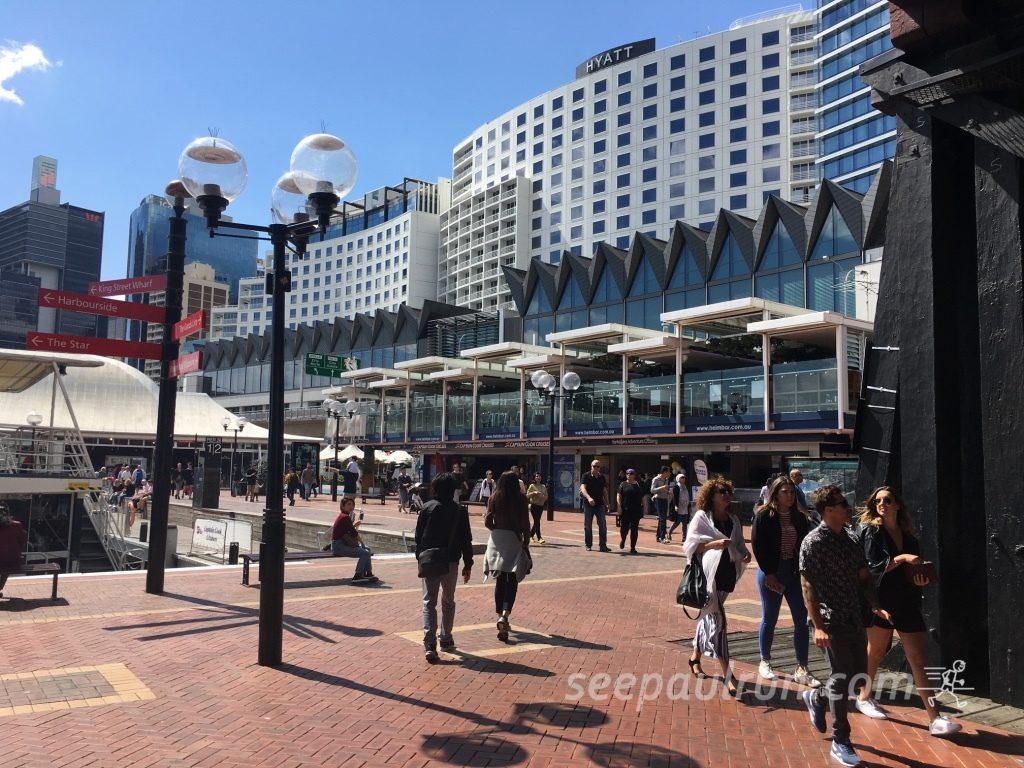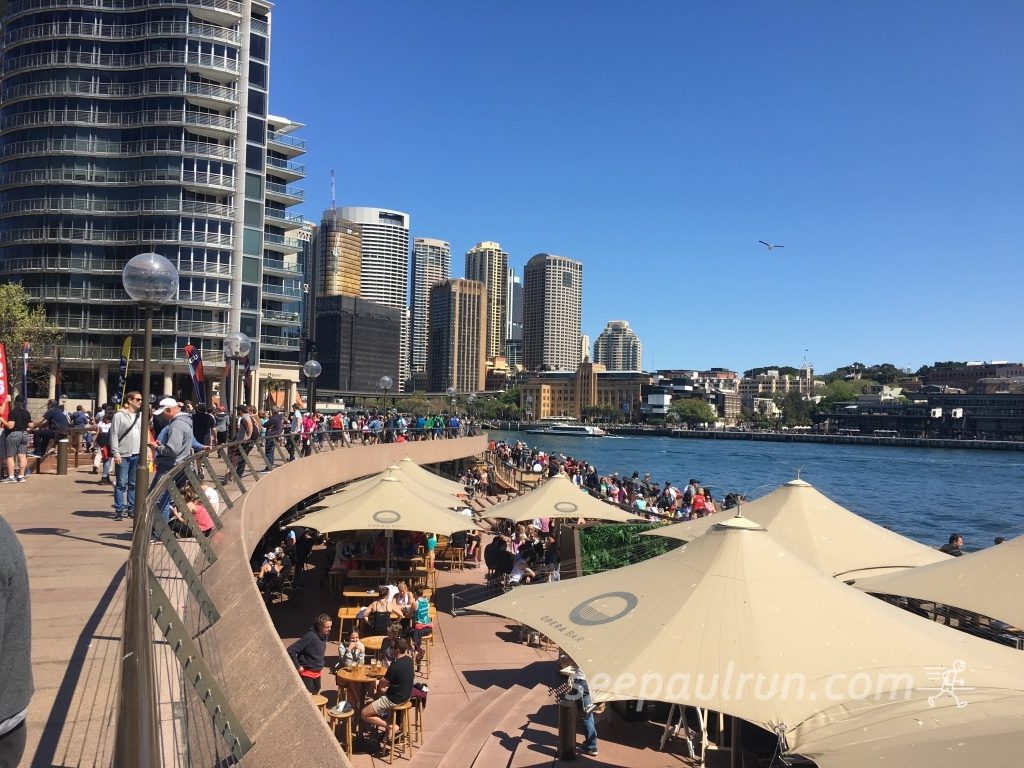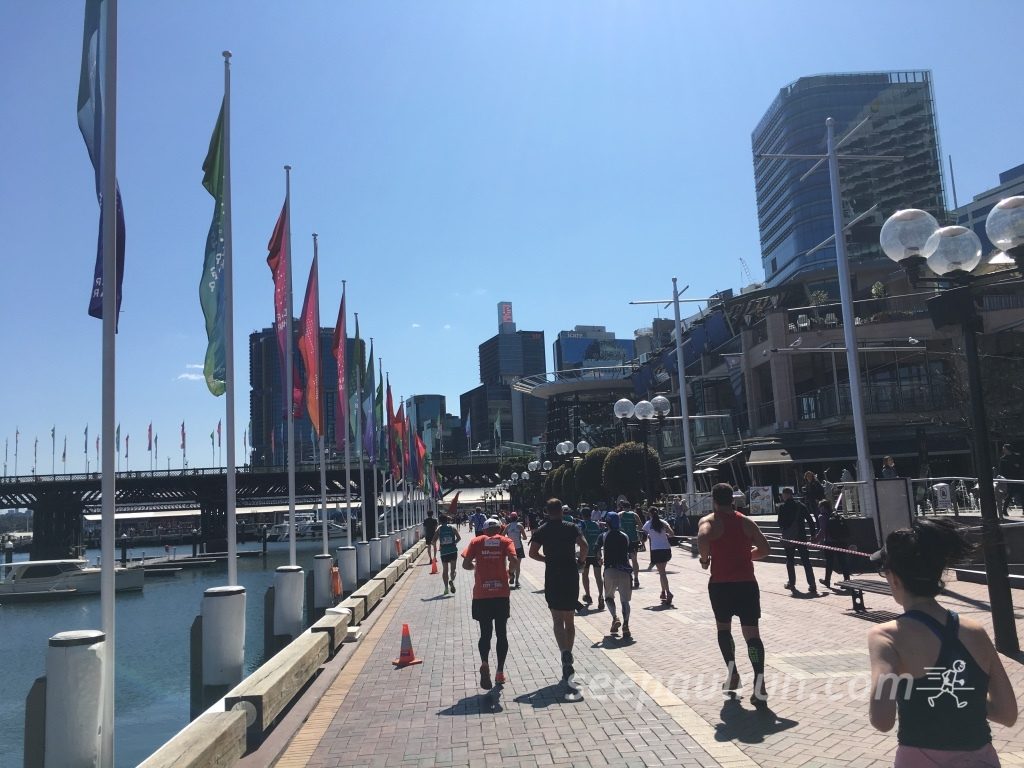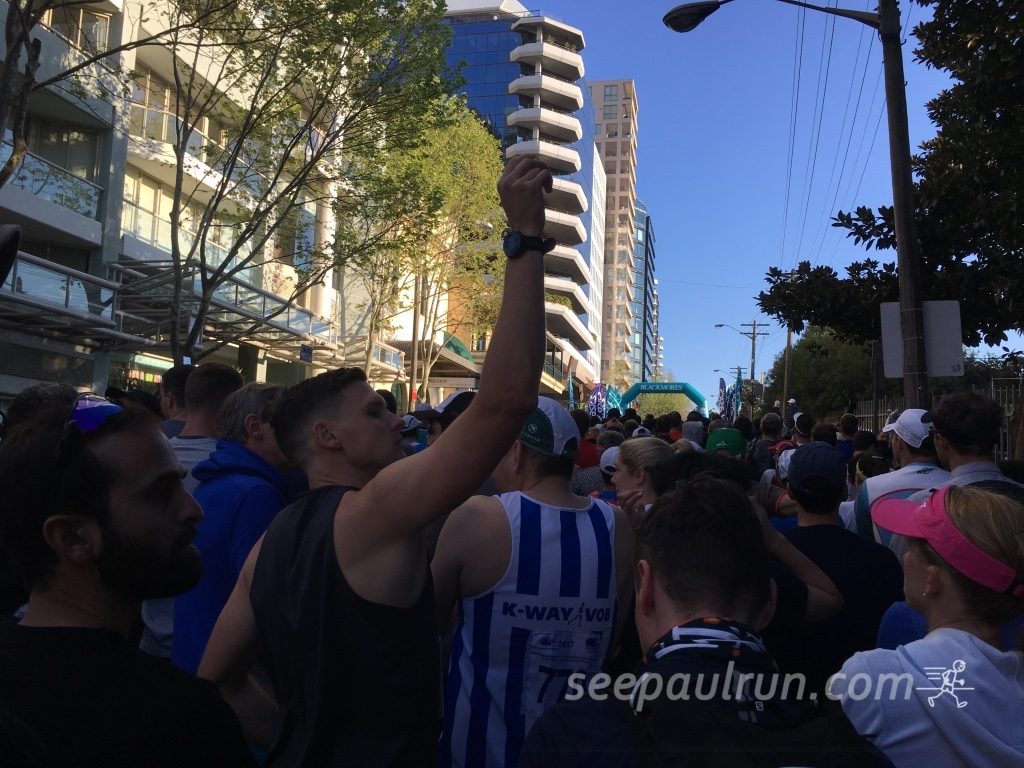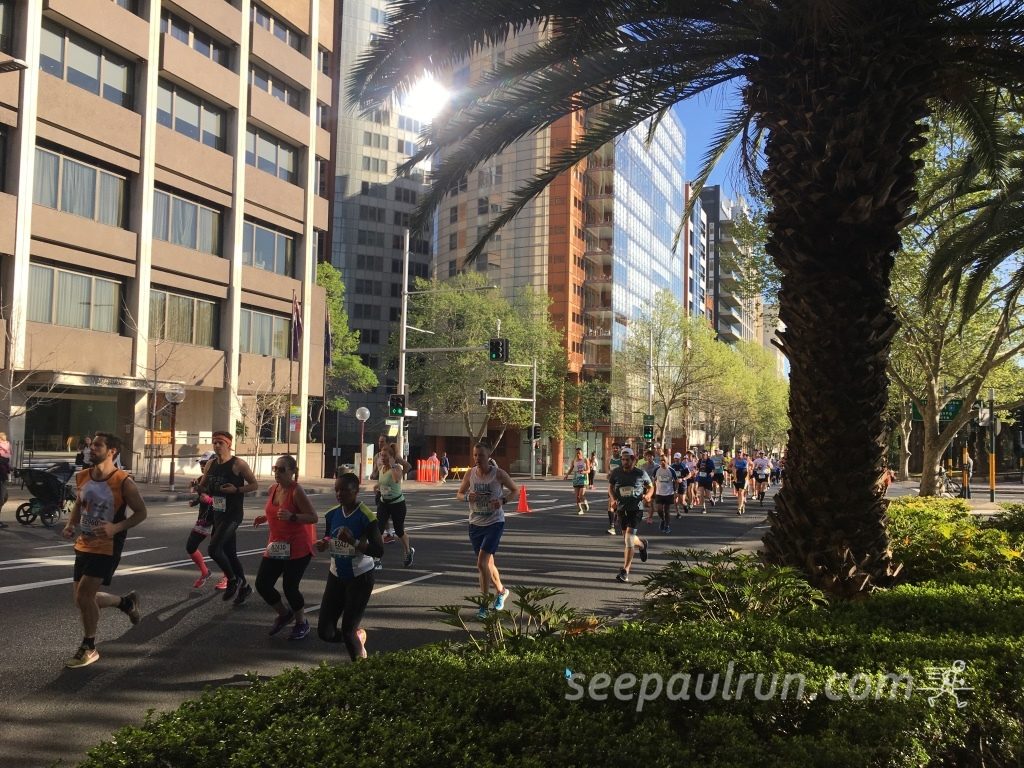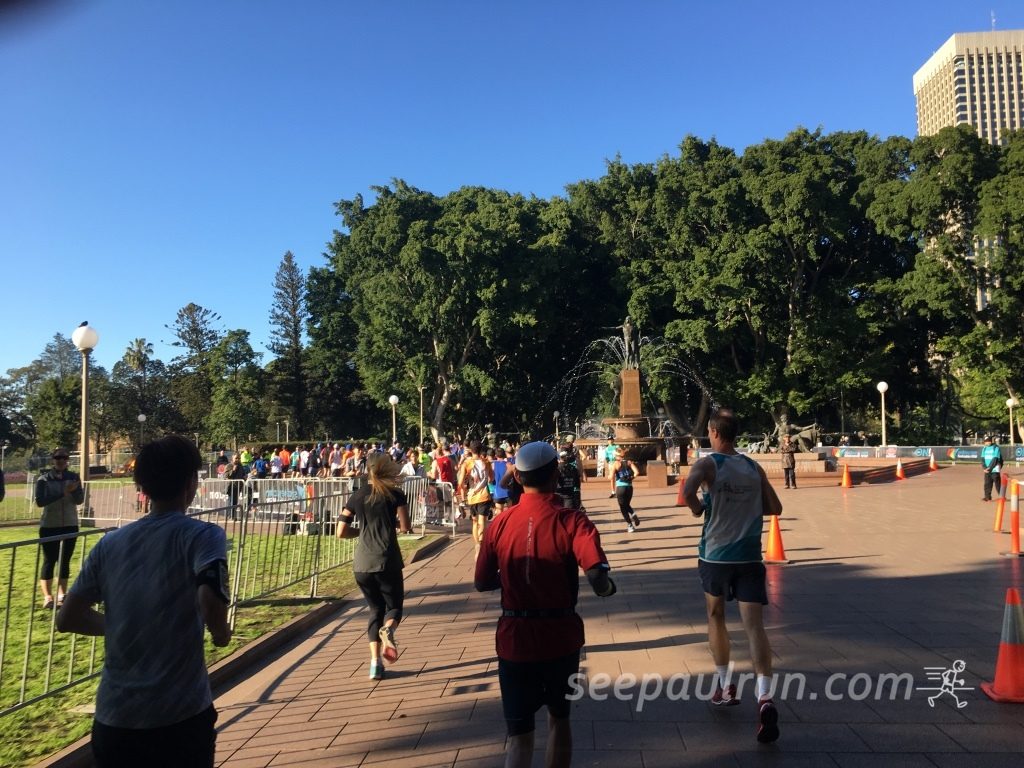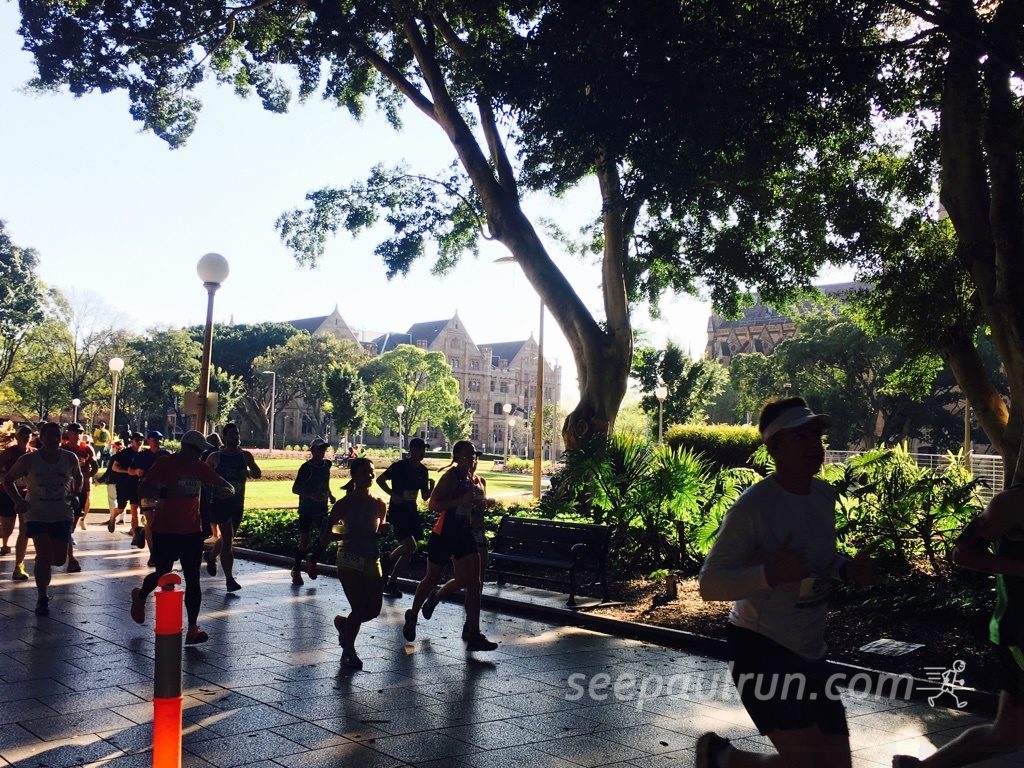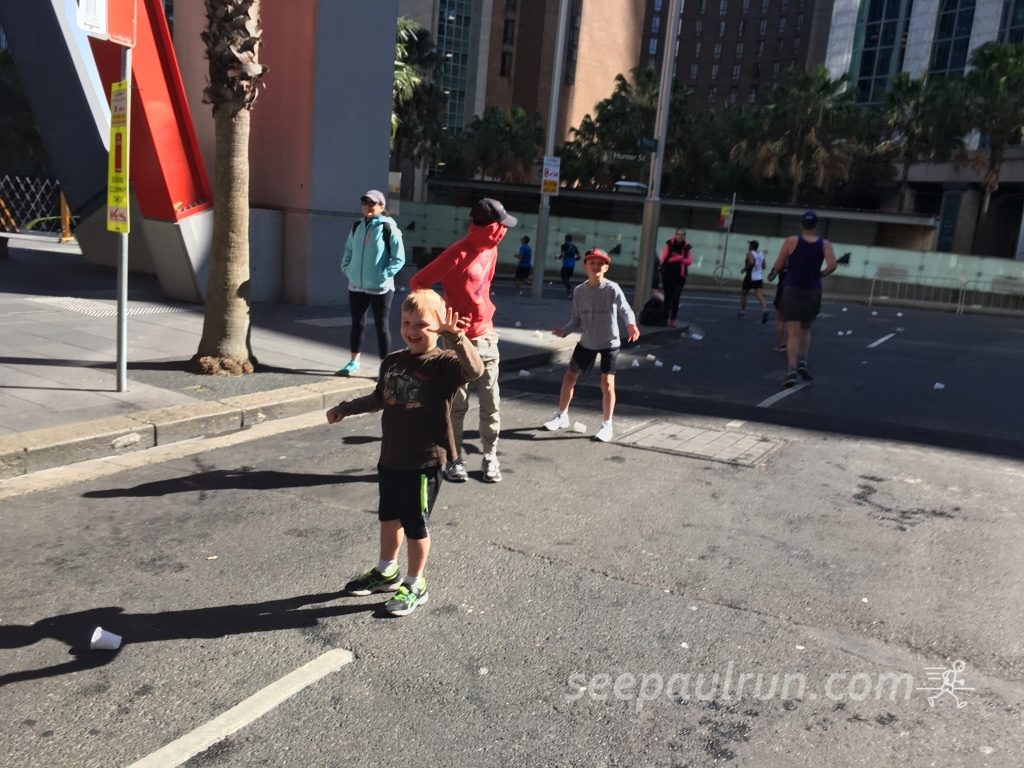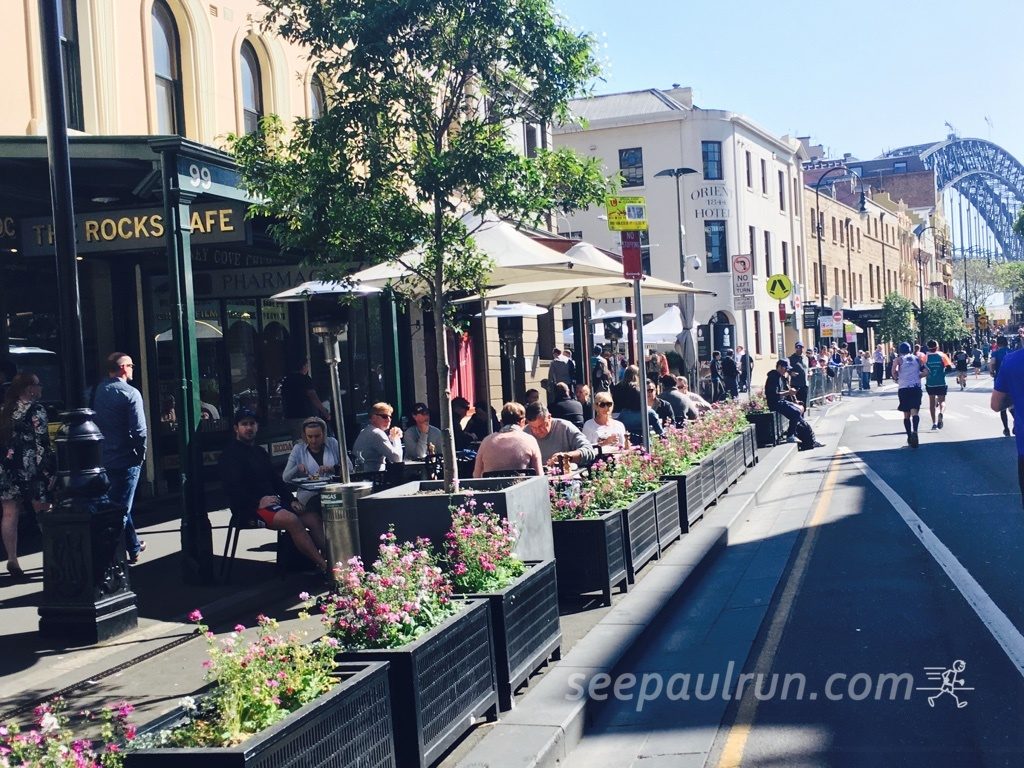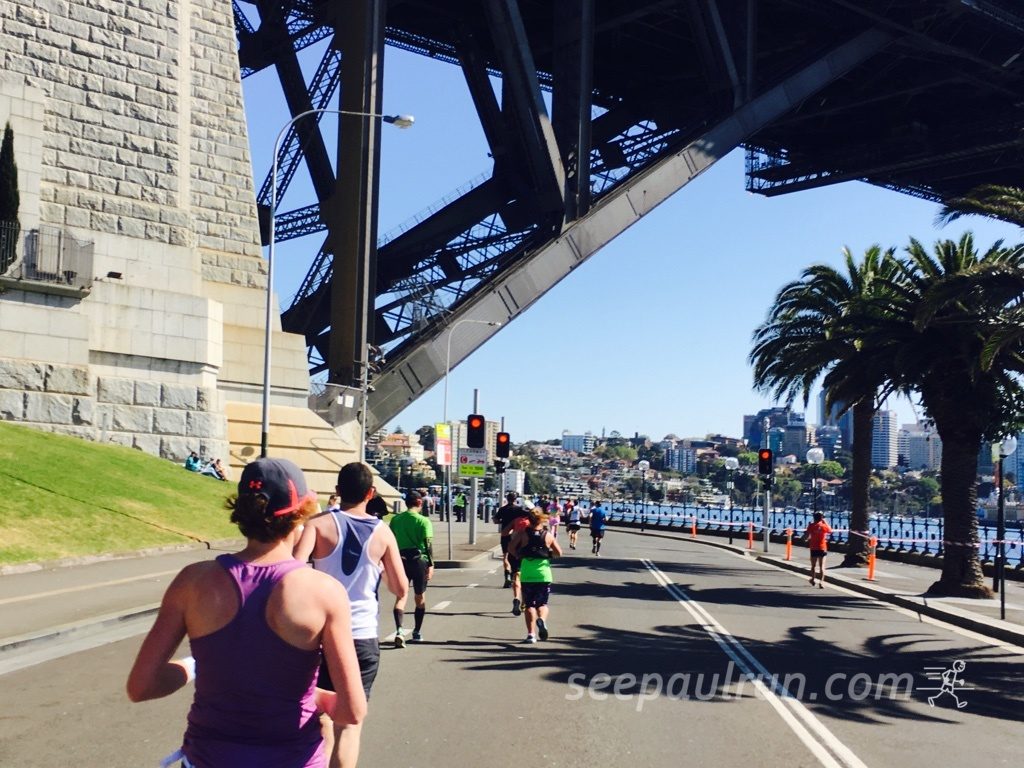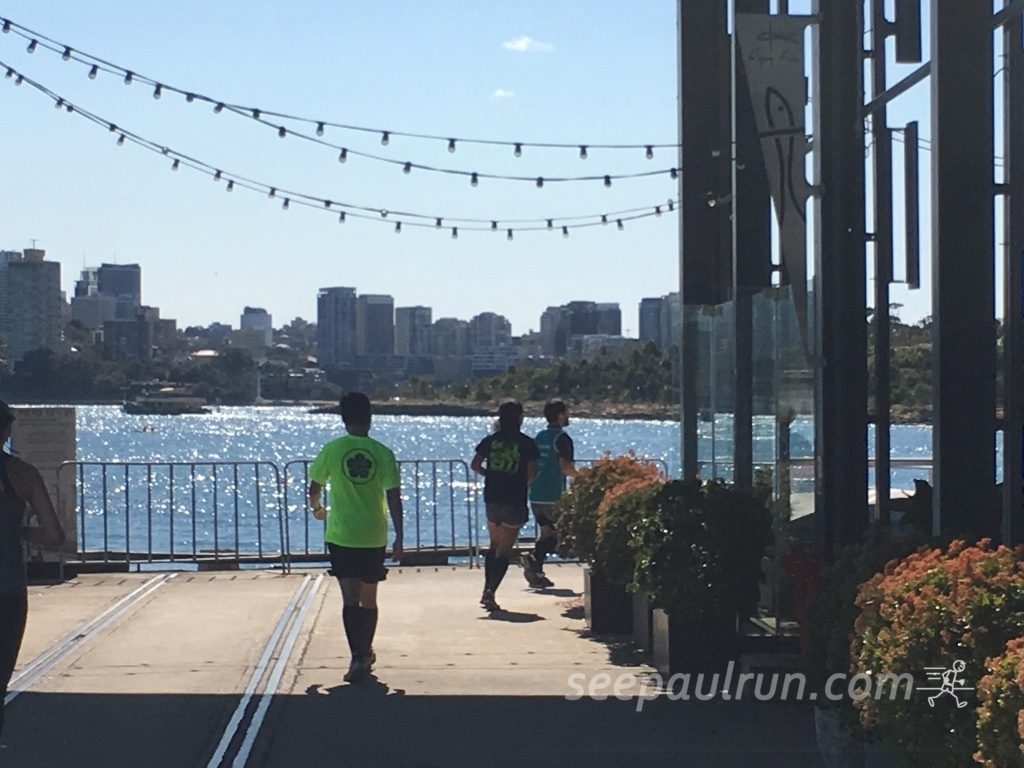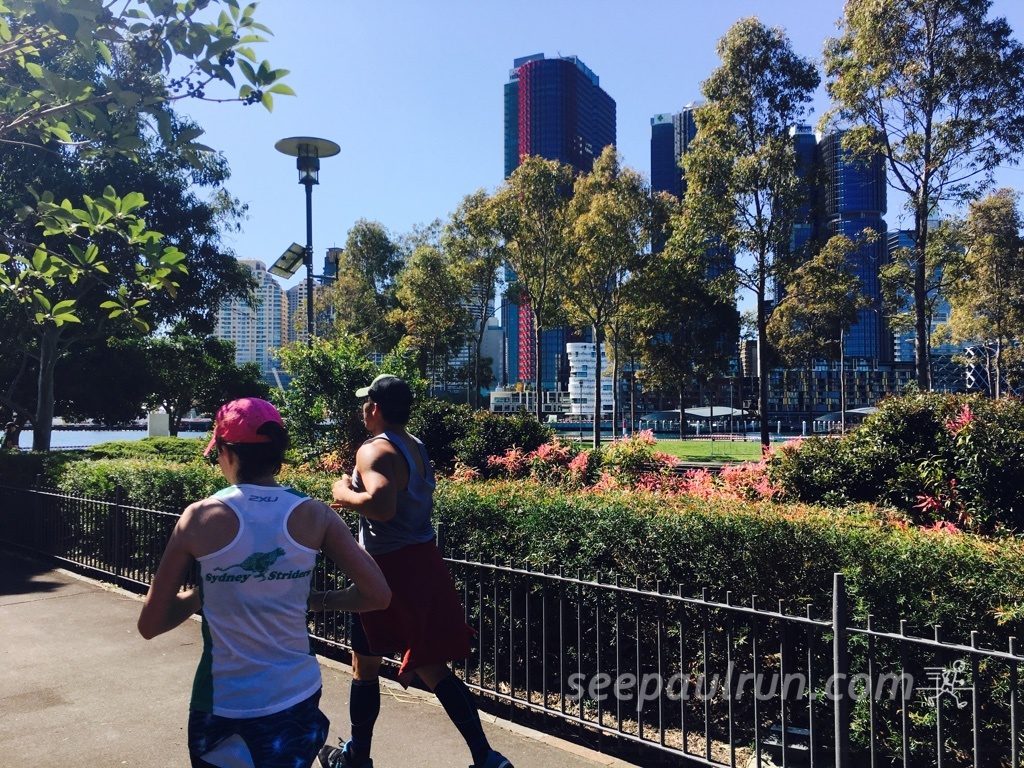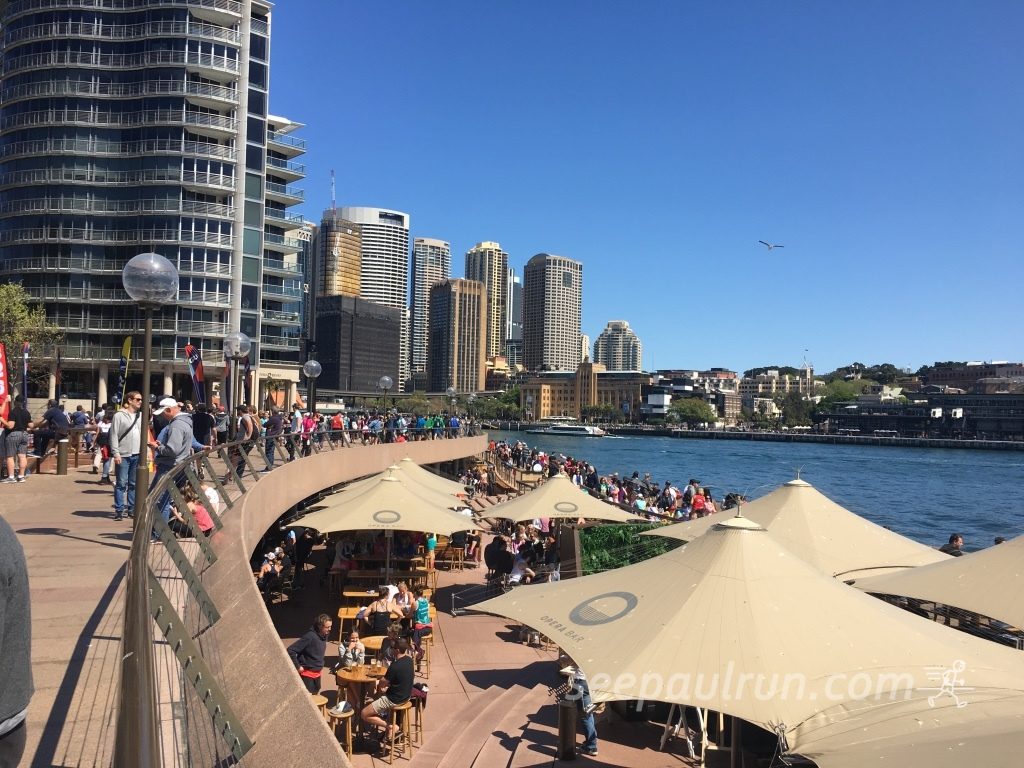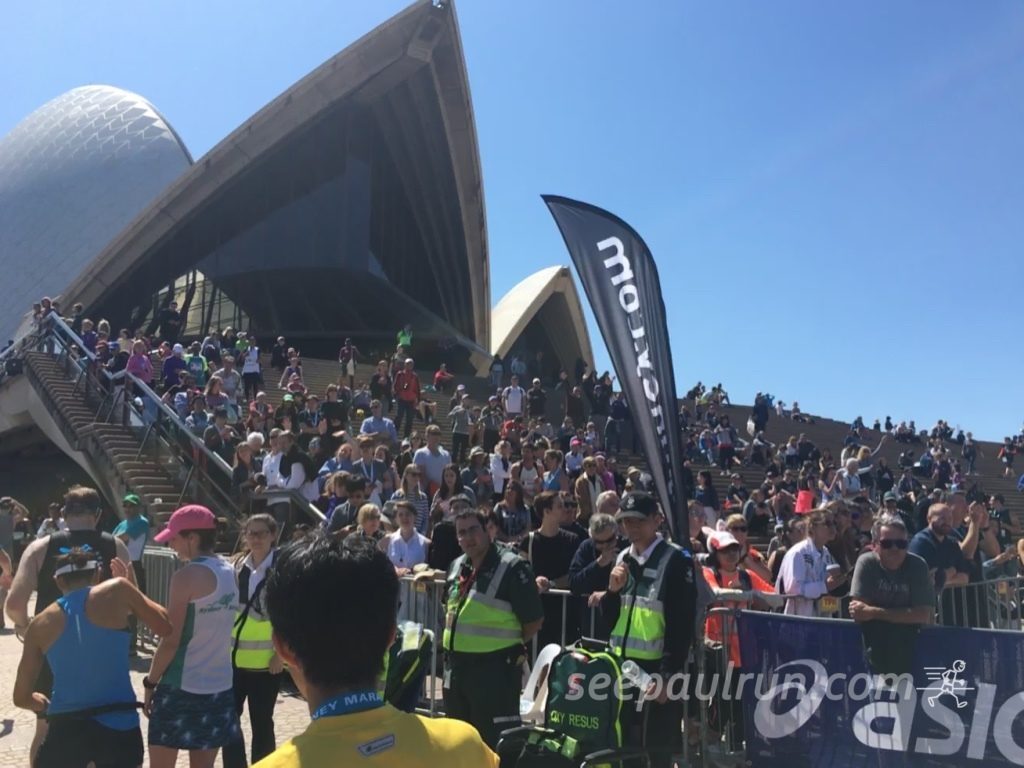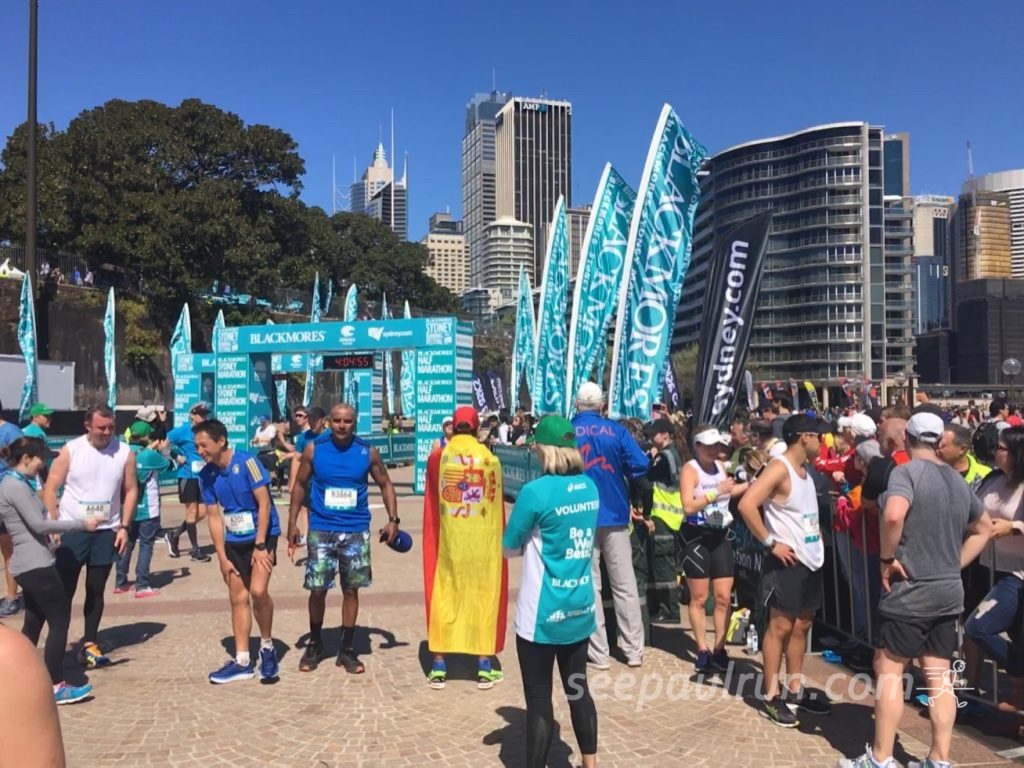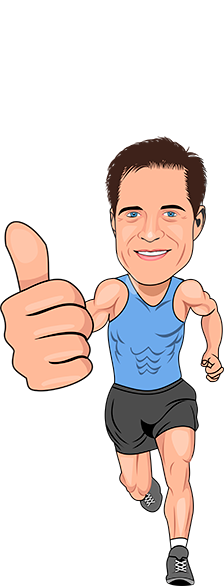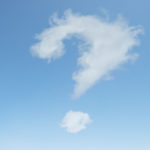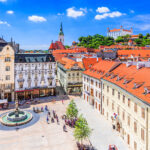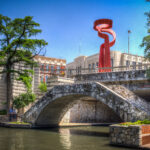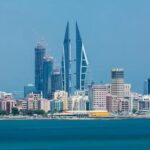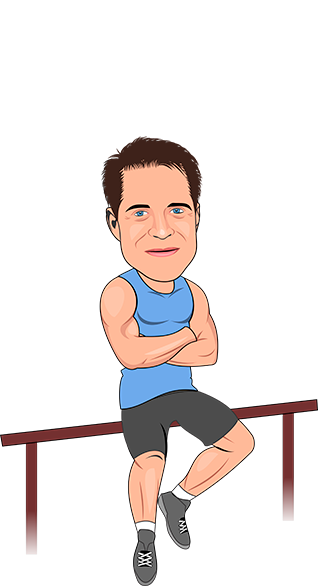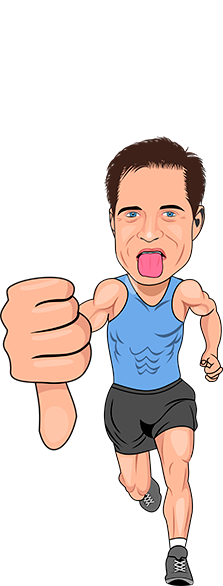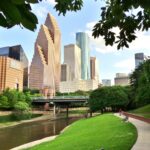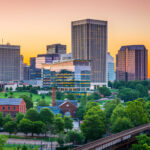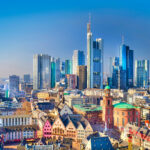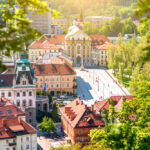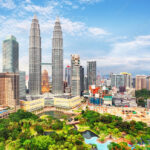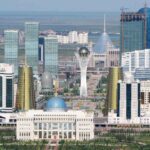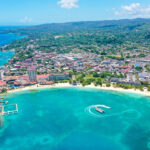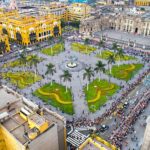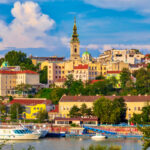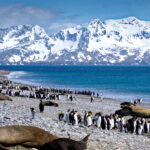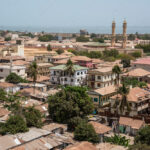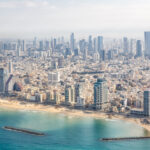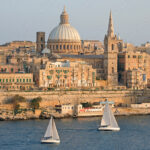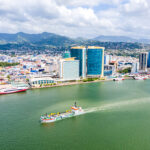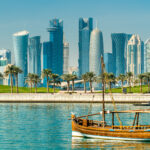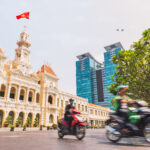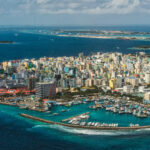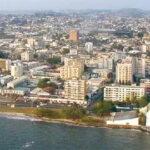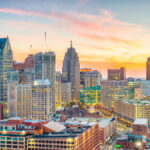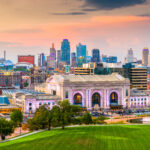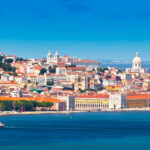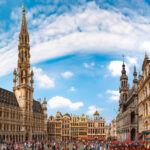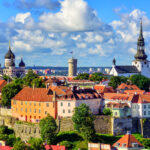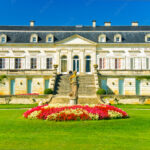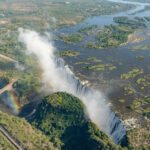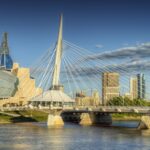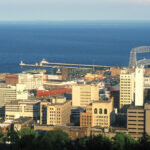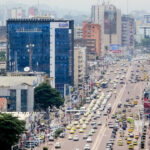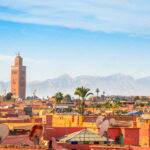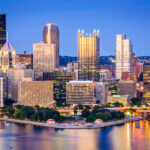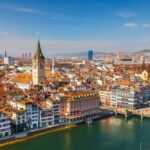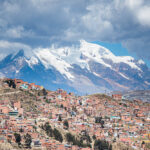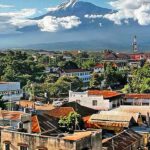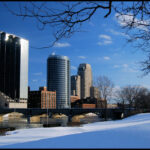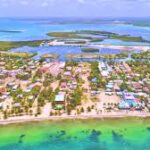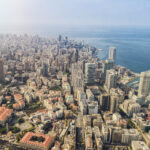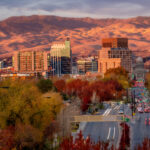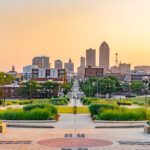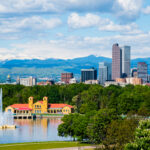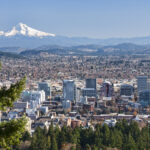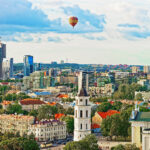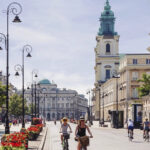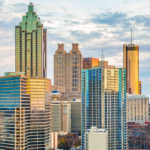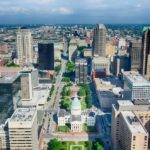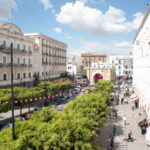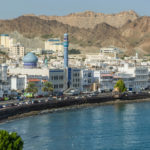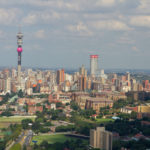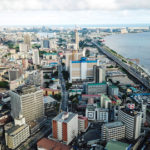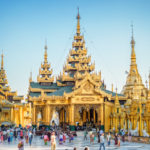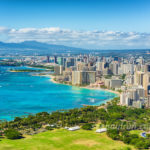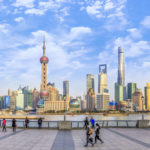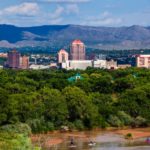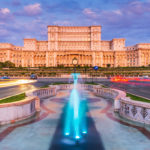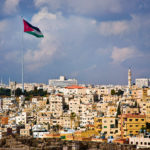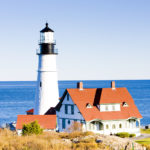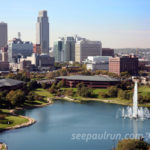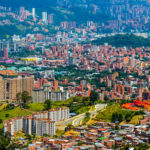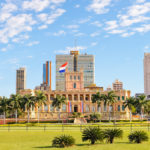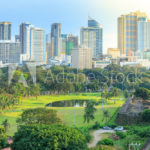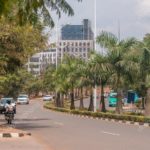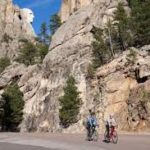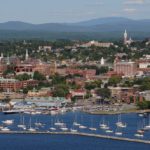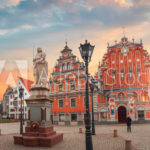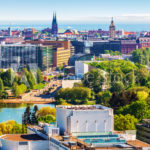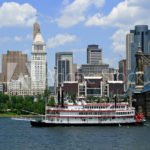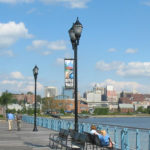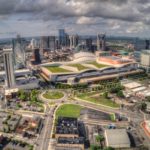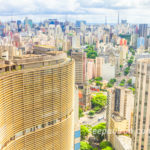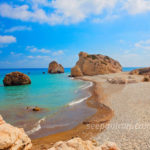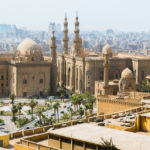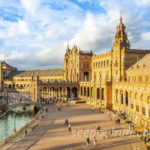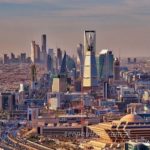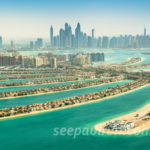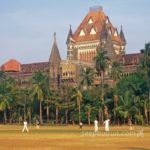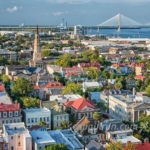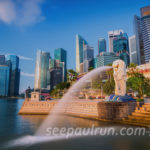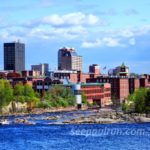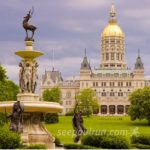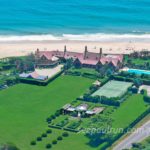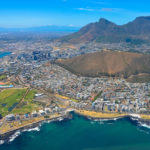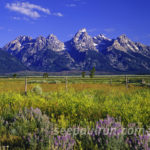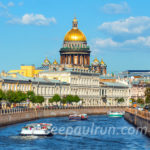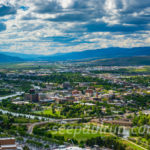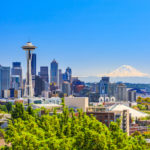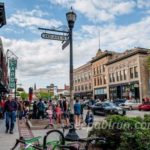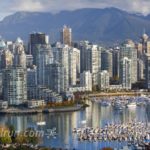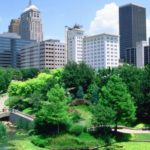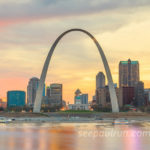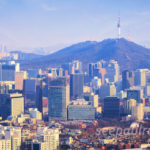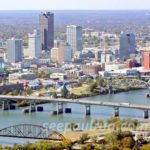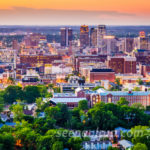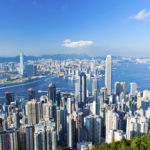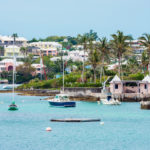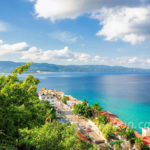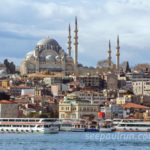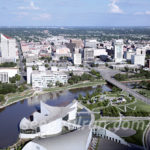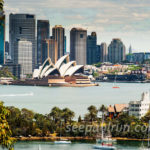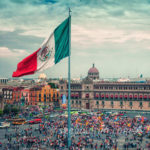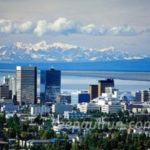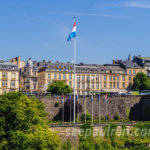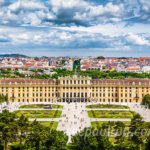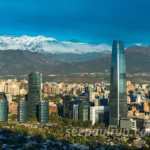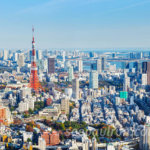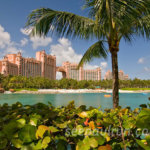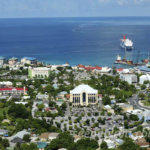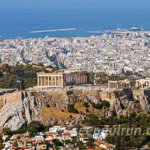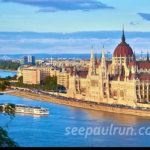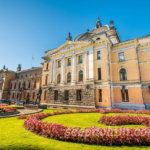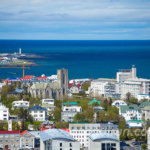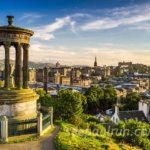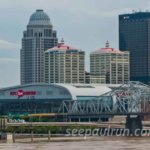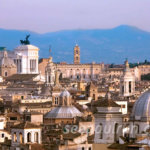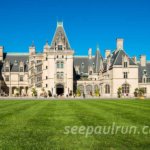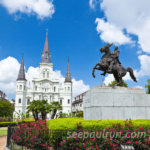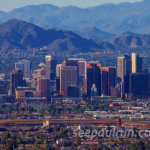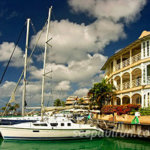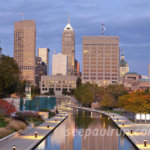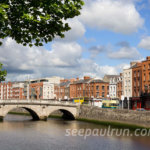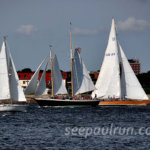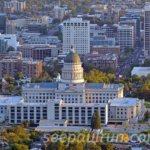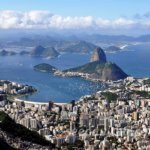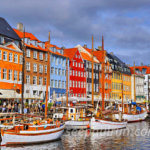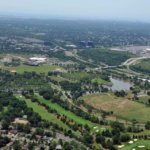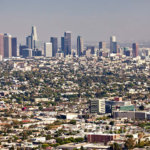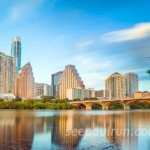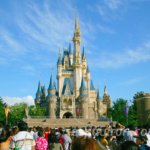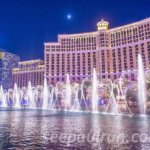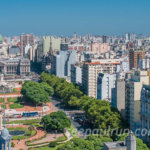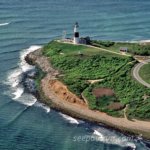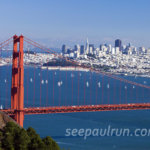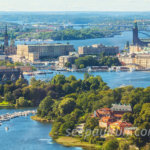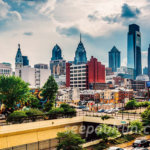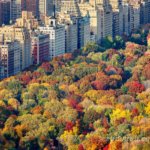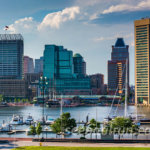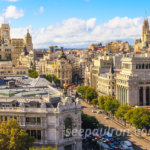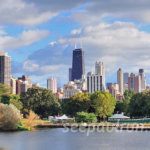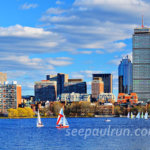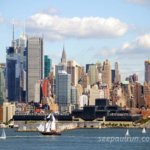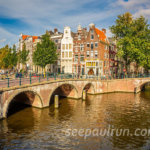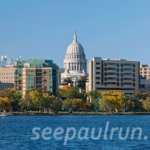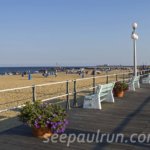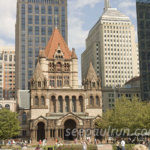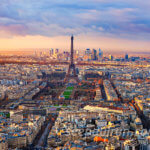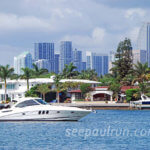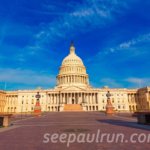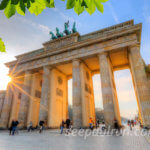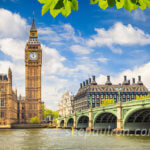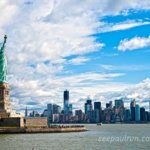IN BRIEF:
Sydney is a beautiful, cosmopolitan city with a distinctive style and a wealth of scenery worthy of its reputation. The marathon, in turn, is a mostly-flat course that–while having many out-and-back segments and being light on fan support–is nonetheless, well-organized with plenty of rest and water stops, along with a route that shows off the city’s lovely parks and downtown areas.
THE PLACE:
Walk around a bit and see a few things. That’s what the hotel concierge told me to do to pass the time while I waited for my room to be made ready for check-in. It was 10:00 AM in Downtown Sydney, and after almost 30 hours of combined travel and transfers coming from New York, I had surfaced from the airport train on a crisp, blue-sky morning, at the St. James subway station directly across from my hotel, dazed and confused and trying to swing into this new time zone, 14 hours ahead of home.
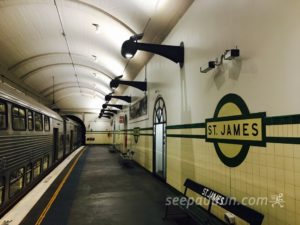
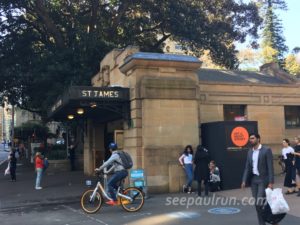
Following his advice, I stepped back out into the brilliant sunshine feeling the slight chill from September’s early spring air (reminding me that Sydney has four temperate seasons, in reverse, of course) and started heading down a busy street, passing office towers, historic buildings, and palm tree-lined public gardens until I came to the bottom of some stairs and then turned to look.
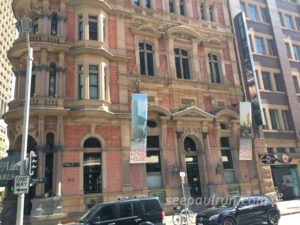
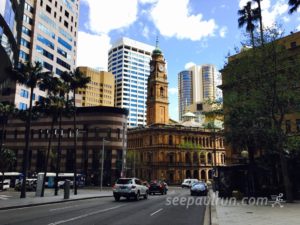
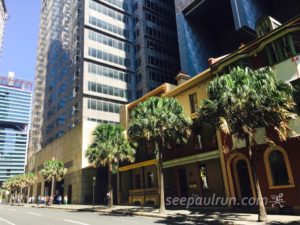
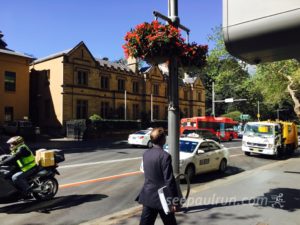
All of a sudden, there was Postcard Sydney opening up in full view–boom–all of it at once, beckoning me, it seemed, into its wide picture frame: the sparkling navy blue harbor crowded with crisscrossing ferries, the massive Harbour Bridge, the towering pastel skyline, and of course, the Sydney Opera House’s white roofs, gleaming like wet sails billowing in a breeze.
It was not only an iconic view of Sydney come to life, but also of a kind of giant, outdoor “room” framed by those famous elements…a maritime town square or, maybe, a “front porch” to the city, towards which any street led, and around which so many human activities would intersect.
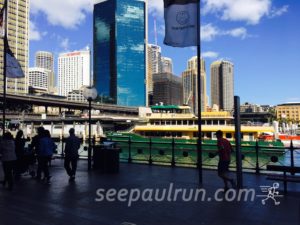
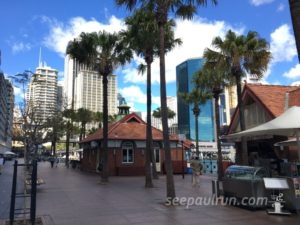
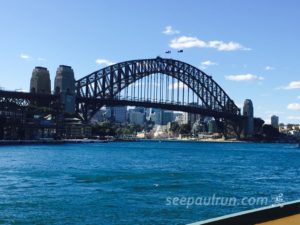
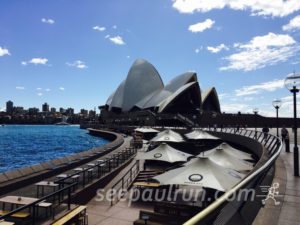
And as I stepped into that great outdoor room, it was also with a sense of familiarity that I had not realized was so deeply ingrained in my imagination. This place, this quintessential, identifiable harbor, was so instantly welcoming that I immediately felt at home, the same way you might feel when encountering the Eiffel Tower in Paris or London’s Big Ben for the first time. (Hello, old friend, how long have you been waiting for me?)
But that was just the introduction. Sydney, I would learn over the next few days, is a place that is full of surprises, all stylish, yet all comforting and familiar.
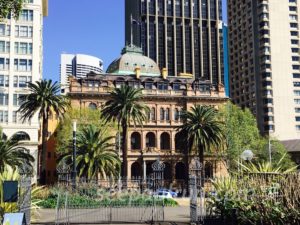
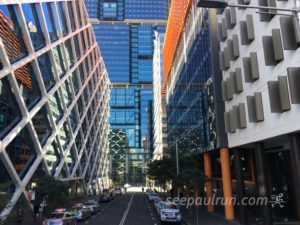
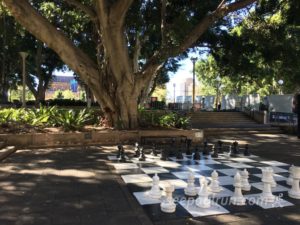
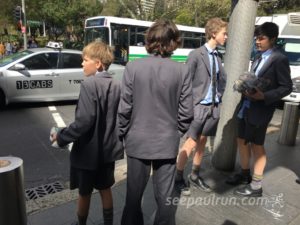
It’s probably that feeling of ease–that quality of life–in fact, that consistently ranks Sydney high up in the top 5 or 10 places of the various “most livable cities in the world” lists each year, a space it regularly shares on The Economist’s annual list with great cities like Vancouver, Vienna, Amsterdam, Zurich, and its rival Aussie city, Melbourne.
But day-to-day livability is also NOT necessarily synonymous with being exciting and interesting for visitors in town for a few days.
Incidentally, I visited Melbourne for a few days after the marathon on this trip. As expected, I found it to be a nice place with many reliably pleasant qualities of life just as one might expect in other highly-ranked cities on that list, such as Calgary, Canada or Helsinki, Finland. Thus, “livable” seems to be something that factors in things like good commuter transportation or the prevalence of galleries and theaters. But, these are frankly things that most large cities offer (especially places like the Economist’s more lowly-ranked #53-London and #56-New York!)
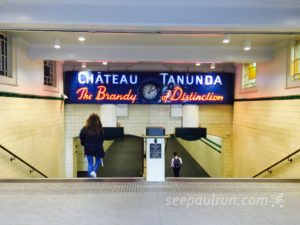
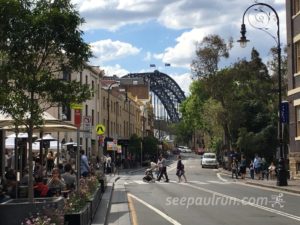
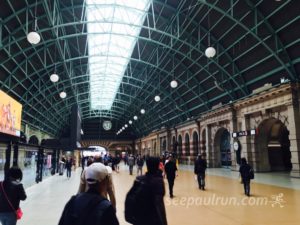
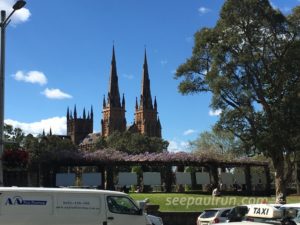
But Sydney, in my opinion, achieves something that many big cities often do not: it gets high marks for BOTH great livability as well as for being a world-class travel destination, landing on many of the world’s most beautiful cities top 10 lists, as well.
And to take it one step further, Sydney has something that goes beyond this because Sydney also has that intangible thing called glamour, and glamour is something that, in my opinion, only a few of the world’s great cities can really pull off.
Paris has glamour. Miami has glamour. Arguably, Rio de Janeiro, Los Angeles, London, and New York exude glamour when they want to show it off. But when you come to Sydney – a city of only 5 million people in a country of just 23 million – you are immediately aware that, perhaps improbably, but most definitely the place has glamour in its own laid-back way.
And Sydney’s beauty and glamour quotients can be felt everywhere, from shopping fashionistas and smartly-dressed business people to beach bodies and laid-back surfers, from polished modern architecture and café-ringed marinas gleaming in the bright sunlight, to an old-fashioned ferry system that is nonetheless as much a practical component of its commuter transportation network as it is a picturesque way for visitors to explore the city’s 150 miles of shoreline.
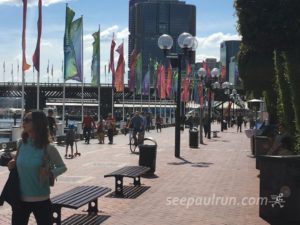
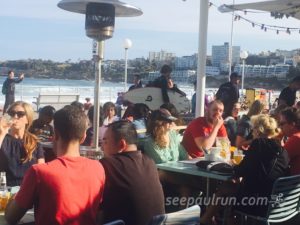
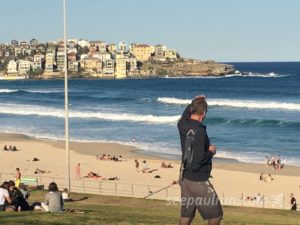
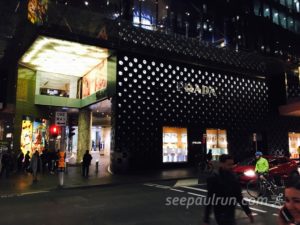
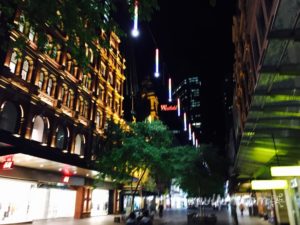
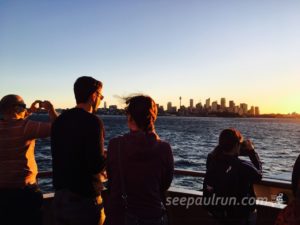
So much about Sydney starts in that harbor, of course, that great big “front room” of the city with its bridge and ferries, and it was around these edges – considered still to be one of the finest natural harbors in the world – that the city evolved into what it is today.
Captain Arthur Philip Cook arrived here in 1788 and established Sydney as a penal colony for Great Britain to dispose of its low-level convicts [after the American colonies had won their war for independence, England needed a new destination for its exiles and Sydney was set up specifically to address that need].
As industrious traders and adventurers joined the population, the city grew into a multi-cultural melting pot, and just as convict transport was ending in the mid 19th Century, a gold rush in the 1850s began, adding to the flow of immigrants seeking their fortune.
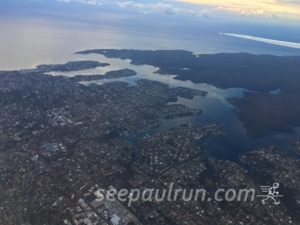
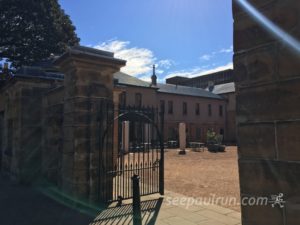
The wealth of the city expanded, and drawn by its gentle climate and open opportunities, immigrants from all over Europe and Asia quickly joined in its new business-booming economy.
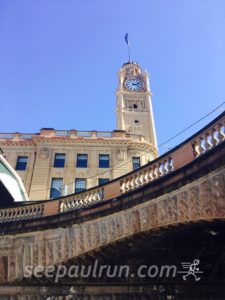
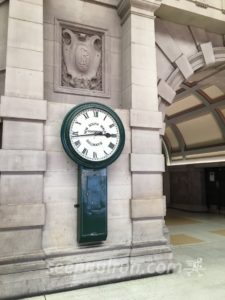
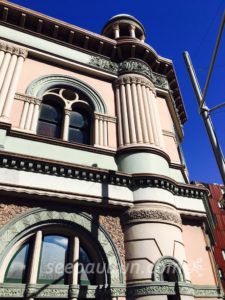
Fast forward to today, and Sydney’s population is one of the most diverse in the world with some 42% of all city residents having been born overseas [and just by way of example, Sydney’s Greek population is the largest living outside of Greece itself.]
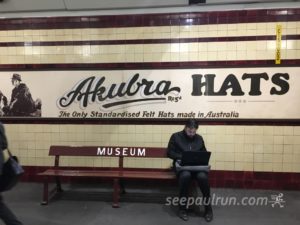
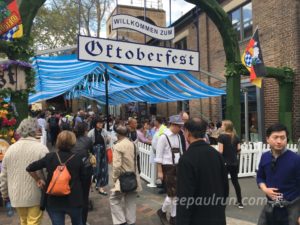
All of this diversity has had an impact on the city’s culture and its cuisine, as well as on its friendliness and tolerance for adventurous newcomers starting over with new freedoms to do as they liked. This long tradition of reinventing oneself starting with the days of the convict settlers also helps to explain why so much of Australia’s creative professions, from fashion to filmmaking, are headquartered here, not to mention why Sydney’s large gay population is thoroughly assimilated, accepted almost as a source of civic pride with an annual Gay Mardi Gras parade that has become the city’s largest annual social event.
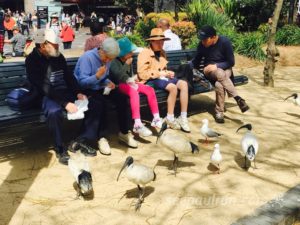
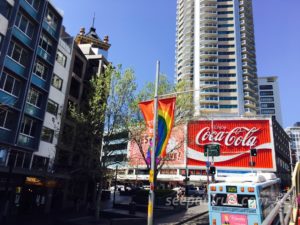
So, as you can imagine, as a top-notch tourist destination, Sydney has a great deal to offer.
If you’re heading to Australia for a week (or two), you might want to arrive in Sydney early on a Thursday morning before the Sunday marathon as I did, and easily spend those three days plus the Sunday and Monday after the race getting to know the city.
Beyond the famous Opera House and the Harbour Bridge, the area around downtown is full of tourist-worthy stops. There are lush parks, including the Royal Botanic Gardens and Hyde Park close by, a beautiful cathedral and historic buildings to see, and loads of shopping venues–many of them, such as the block-long, 1890’s Queen Victoria shopping arcade on posh George Street are worth walking into just to ogle its over-the-top wrought iron railings and stained-glass shop windows.
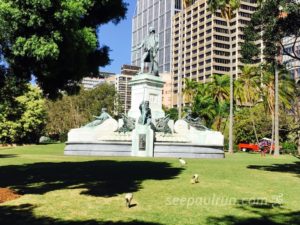
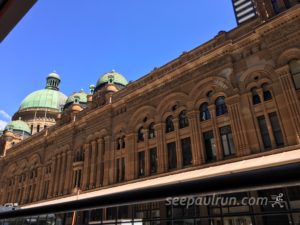
As in any new city, I suggest you start on the very first day you arrive with a 24-hour Hop-on/Hop-off bus ticket in order to get a full overview of places you’ll want to go back to explore later on foot. Start at Sydney’s Central Station, buy a combination ticket for BOTH loops of the red hop-on/hop-off bus and take the Central City tour first. If you stay on and don’t get off, the city loop should take about two hours. If you’re feeling up to it and the weather is nice, you can take the 1.5-hour Beaches Loop on the same day, or save that, as I did, for the next morning. I strongly recommend, however, that you include this second tour as, without it, you’ll be missing out on the beaches, recreation trails, and residential areas that give you an appreciation for Sydney’s attractiveness and liveability as a city.
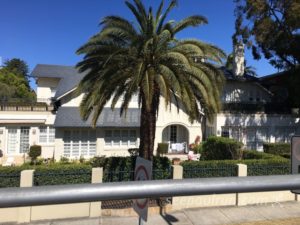
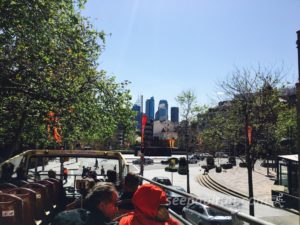
After you’ve finished your overview tours, you’ll want to get out and walk around.
Sydney’s Central Business District is extremely clean and safe so that whether you’re walking around in the day watching the business crowd and uniformed school kids have their lunch breaks, or taking in the beautiful lit-up storefronts and office building lobbies at night, it’s worth the wandering around.
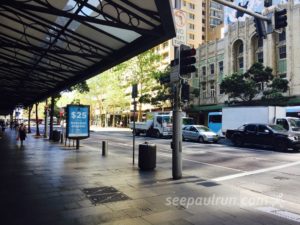
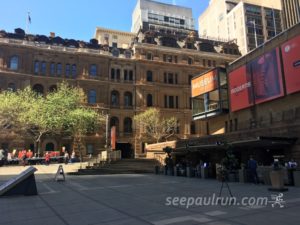
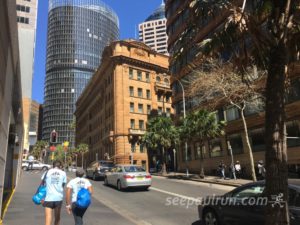
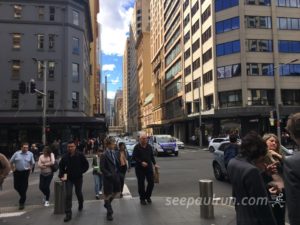
Save the daytime to become familiar with The Rocks, the historic area on the site of the early convicts/settlers’ town with some great-looking, restored streets of restaurants, bakeries, and pubs. Also use the daylight hours to first explore Darling Harbour, a redevelopment area jam-packed with restaurants, a huge casino, and attractions such as an aquarium, a small seaside zoo, and a maritime museum–all around a festive, banner-lined marina with bridges and interesting watercraft.
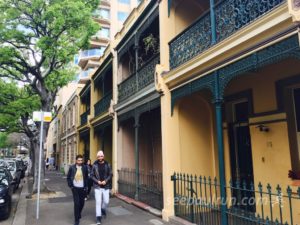
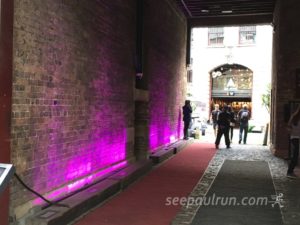
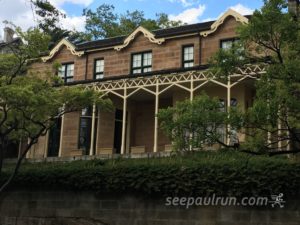
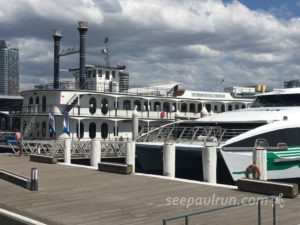
You’ll also want to save at least one afternoon to head out to the world-famous Bondi beach. For starters, it’s simply beautiful a stretch of beach–one of the most famous in the world. You can do some great people watching, admiring the fitness levels of some of the locals on display, following the progress of hundreds of surfers out riding the waves, or getting a bite to eat at one of the boardwalk-like restaurants.
Second, you’ll want to walk up towards a unique place called Icebergs health club/restaurant complex, which has an amazing set of surf pools into which the ocean waves constantly crash over. As you watch from the cliff above, you can marvel at the ingenuity of the club for building this structure, as well as the fortitude of club members stoically swimming laps in the choppy, ocean-filled pool water.
Finally, starting just next to Icebergs, you can follow the trail around the bluff leading to miles of walking trails carved into the beautiful sandstone cliffs, all offering astounding views of the ocean through areas of natural flora and beaches. You’ll also see plenty of locals running and exercising along these paths.
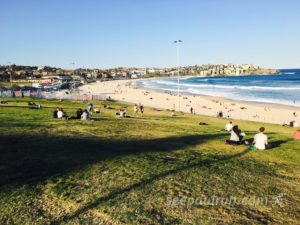
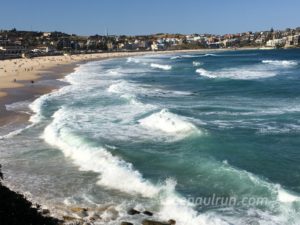
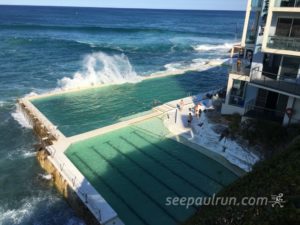
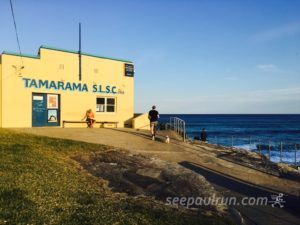
On a different afternoon, another beach that is highly recommended is in the village of Manly Beach, which you can get to with a 30-minute ferry ride from Circular Quay. The streets of this beach town are quite nice and the beach is calmer and quieter than Bondi’s. But what’s also nice about the trip to Manly is that it gives you an opportunity to see a lot of the sprawling harbor on your way over, passing sailboats and Mediterranean-like houses along the shore as you go. It’s especially nice to coordinate your return ferry trip to about an hour before sunset so that you can catch the spectacular views of the Opera House, the city skyline, and the Harbour Bridge on your way back into Circular Quay.
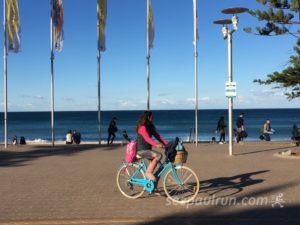
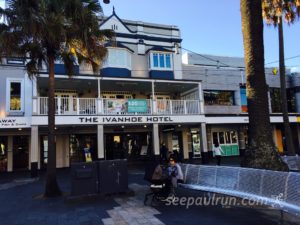
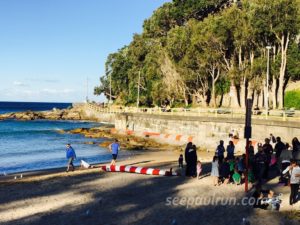
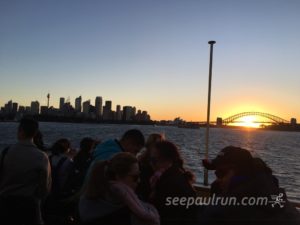
Finally, take a 12-minute ferry ride across the harbor to visit the world-famous Taronga Zoo. Upon arrival at the dock, you’ll buy your ticket in the Victorian-era building and then board a sky gondola ride which whisks you up the hillside to the entrance of the zoo. Once there you follow the map leading you down the hill through the various animal areas. Besides the fact that every open-air animal area features a stunning view of the city’s skyline as a backdrop, this zoo is a remarkable place not only for its cage-free displays of crocodiles, elephants, giraffes, tigers, but also for its native species, such as the platypus and interactive, barrier-free zones with Australian natives like koala bears, wallabies, and kangaroos.
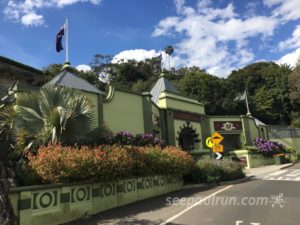
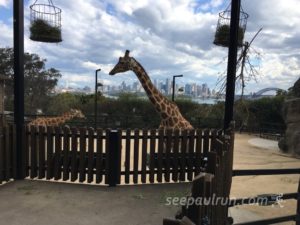

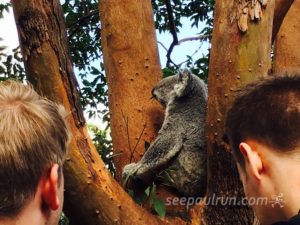
Needless to say, there are more than enough ways to fill your time for a few days getting to know Sydney before the actual marathon on Sunday, and if you’re coming to Sydney as I did from halfway across the globe, you’ll probably want to add a week or two of travel to other destinations in Australia, which might include any of the other large cities (Melbourne, Brisbane, Adelaide, all of which are short flights along Australia’s East Coast), a visit to the area of Cairn and the Great Barrier Reef, or on a guided tour into the country’s interior where you might visit places like Ayers Rock. All of this takes time, planning, and a good bit of money for travel and hotels, but on the other hand, if your journey to Australia involves a 20+ hour flight, you might want to make the most of the trip, as who knows when or if you’ll have the opportunity again to spend the time, energy, and money (not to mention jet lag) making a second journey.
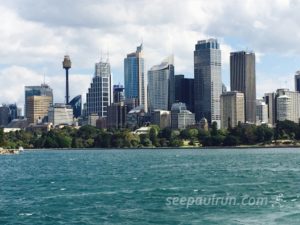
THE RACE:
Like the city itself, the Sydney Marathon is a good-looking affair, following a course full of clean and bright scenery, through parks and downtown streets, around marinas, and ultimately, saving the best for last, finishing in the heart of town in front of the Sydney Opera House. Since the day’s events also include a half marathon and two fun runs, one of the nice things for marathoners is that these other races (including the half) have different start times and do not interfere with the marathon course.
Many of you know that I am not a big fan of overly-complicated expos held in remote locations just to accommodate a huge number of vendors. So, I have to say that this marathon’s bib pickup process was the absolute most convenient, most efficient, and least amount of hassle of any big city marathon I have yet seen. Located in the lower level of Town Hall–a mere 10-minute walk from any location in the central city, or if you’re coming by public transportation, smack dab next to the Town Hall Subway Station–it’s both easy to find and easy to get to. Perhaps because the footprint of that space inside the old building is not very large, there is not much space for a traditional expo so to speak, except for a handful of vendors selling a few products like race-branded apparel and energy gels.
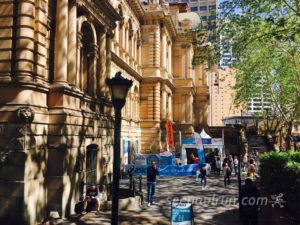
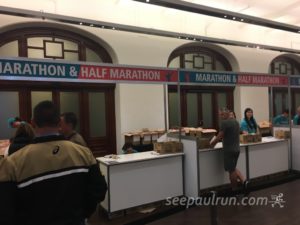
The result is that when I went by at noon on Friday, I simply walked into the street door entrance, showed my ID, and in less than 3 minutes, walked out another door back onto the street, bib in hand (with nothing else, by the way, which is fine with me). It all happened so fast, I actually worried I might have missed some critical step in the check-in process. I went back to the entrance to ask if there was more to it, and was told by the friendly volunteer, “you’ll get a shirt at the finish line, so what else were you looking for?”
Similarly, on Sunday morning, I found the easy, practical convenience factors of this marathon continue. As I was staying at the Sheraton on the Park Hotel, I left my room at 6:10 AM, walked to the Town Hall Subway Station and after two stops, found myself in North Sydney at 6:30 PM, following other runners down the platform and under the north side of the Harbour Bridge for the 7:05 AM start. The Runners’ Starting Village was simple, yet had plenty of space to stretch and loosen up…again, a no-fuss affair–not overly-unorganized but not at all chaotic–friendly and calm, with an abundance of port-a-potties such that the dozens of long lines moved runners efficiently in and out within 10 minutes.
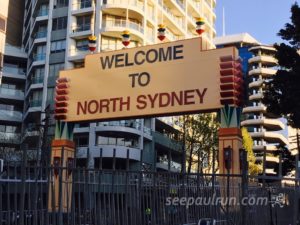
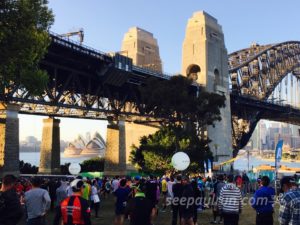
Just a few minutes before the start, runners were invited into their starting areas, which was fortunately not the typical stressful, barrier-enforced corral; rather there was just one street for the A Group, a perpendicular street for the B Group, and another for the C Group; easy, cool, and very calm. There was an announcer, a DJ, and a starting gun, but no speeches were given, nor a national anthem played. My group simply started at the 7:05 gun and began running over the Harbour Bridge back into the city with beautiful views of the skyline.
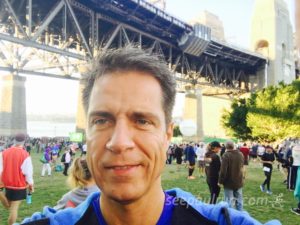
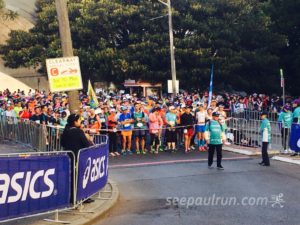
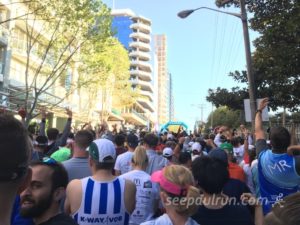
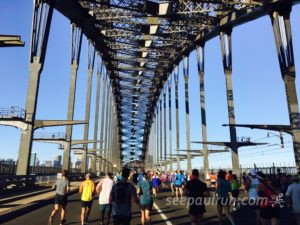
Overall, the course offered a varied terrain, and while mostly flat, did have a few uphill sections. None of those slopes seemed to me to be all that dramatic, and some of them, such as the descent from the Harbour Bridge into Sydney, were all downhill. A more gradual climb happened early on going up Macquarie Street into Hyde Park, and then a bit later for about a mile heading up Oxford Avenue on the way up to Centennial Park. There were also several short curving hills, both uphill and downhill, in the second half of the race in the central business district and in the areas beyond Darling Harbor. But other than those, I would not call this a PR-busting, hilly course.
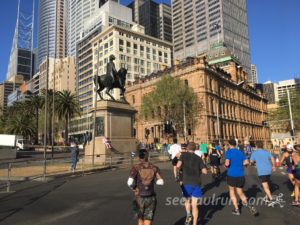
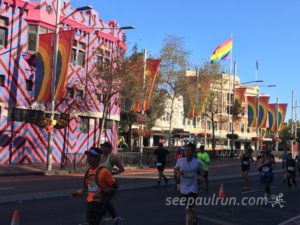
The race was organized with plenty of toilets, medical tents, and a consistently-spaced amount of water and electrolyte drink stations. There were also two or three GU supplement stations and at least one stop with several flavors of gourmet jelly beans.
Fan support was rather thin on about two-thirds of the course, however.
Now, I don’t mean to complain because, in some ways as a runner, I’m often perplexed why regular people take time from their Sunday morning to watch a bunch of strangers pass by on the street. But that being said, I think it was not until the middle of the race that I began to notice that possibly this race was just not all that large. Although it did not feel particularly small at the start, it’s just possible that sport-minded Sydneysiders would rather “do” than “watch” athletic endeavors, and so many would-be spectators may have been off somewhere else doing their own thing on a sunny weekend morning. Still, it just seemed like there were fewer spectators here than in most big city races (even though Sydney also did not have as many lonely stretches as in the marathons of big cities such as San Francisco, Miami, Amsterdam, and Rio de Janeiro).
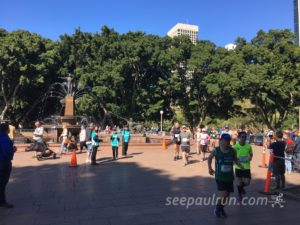
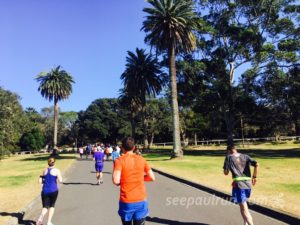
The fans who did show up, however, were very kind and supportive, and in a few areas, sported hand-made signs that were funny and original (such as a sign held by an older woman reading “If you collapse, I’ll pause your Garmin for you”).
There was also no music on the course, which was a surprise, except for two DJ’s and a school band that I encountered.
In any event, aside from a complaint I’d overheard before the start that the course is merely a half marathon which, instead of doing two loops, does a lot of “route-hugging out and backs” on many of its legs to make the full course, I would say that the setting of the race more than compensates for all of this. True, you have to pass much of the scenery twice both coming and going, but unlike races where I have seen this become boring (because the stretches are too straight and you can see that same dull segment in the distance in both directions) most of the legs, with the exception of Centennial Park, are short, curved, and just generally more visually interesting than usual, including those rounding corners in a boat marina, or when getting a different vantage point heading under a bridge from each direction.
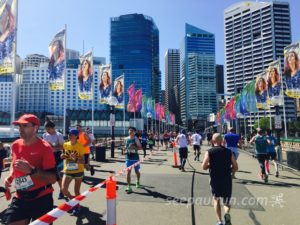
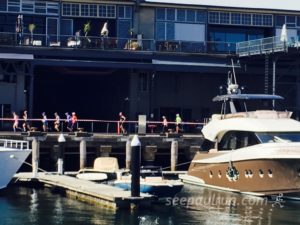
Ultimately, the grand payoff in this race comes during the final few miles/kms. In contrast to much of the earlier parts of the race, the last parts actually do supply lots of cheering crowds and a celebratory atmosphere, especially while running over the Pyrmont Bridge, along the Cockle Bay Wharf in Darling Harbour, and ultimately upon entering the final mile/kilometer into the Circular Quay/harbor area and onto the finish line.
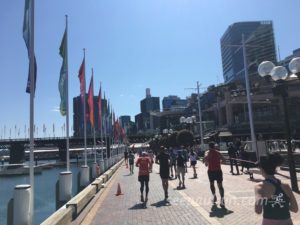
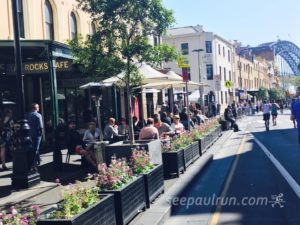
And what a final stretch to the finish this is…one like few other places in the world!
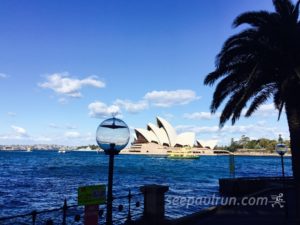
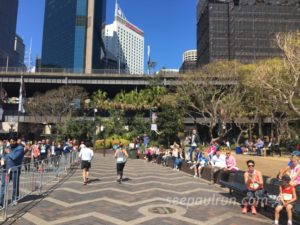
Having fought the long fight of pushing past fatigue, the last stretch of the course finally sends runners back under that great Harbour Bridge and into that great “front room” that is Sydney’s harbor. Having spent the last several hours moving around that area–by it, near it, and yet never running into the area itself, as though saving a surprise and reward–the course moves around a final corner and suddenly leads into that huge heart of the city, framed by the great bridge itself on one side, the city’s skyline rising on another, and the Opera House as the destination point on its pier at the far end.
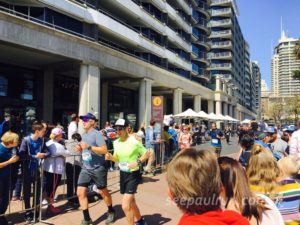
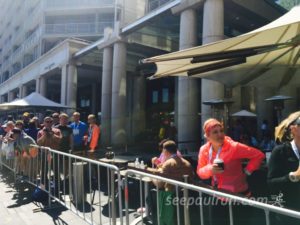
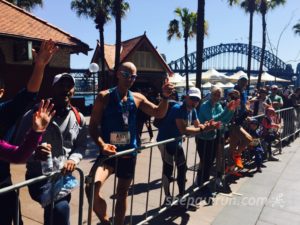
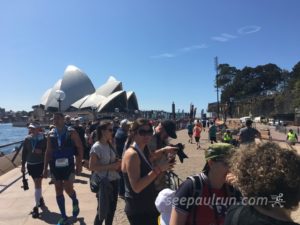
For me, stumbling into that great space–full of sunlight, crowds, sailboats, and ferry traffic that, by now, seem so oddly familiar–it felt very much like coming through a door into a big party. Taking that victory lap, now with the eyes of a thousand people there to watch, I focused into the distance on that famous Opera House–arguably one of the most striking buildings on the planet–and as I moved towards it, I recalled again how I’d felt just a few days earlier when first arriving into this city and into this very postcard view…
…such that even for any its few and very minor shortcomings, the Sydney Marathon delivers in the end what few events might offer a to any stranger coming from far away to run here. Because even in its laid-back, no-fuss, we’re-all-adults-here approach to organizing, the Sydney Marathon ends with a most intense and most memorable moment for the runner, face to face with the big city, the cheering crowds, and unforgettably, with that world-famous icon, the Sydney Opera House, welcoming all upon arrival, just as it did for me a few days earlier as if to say once more: “Hello, old friend, I’ve been waiting for you.”
